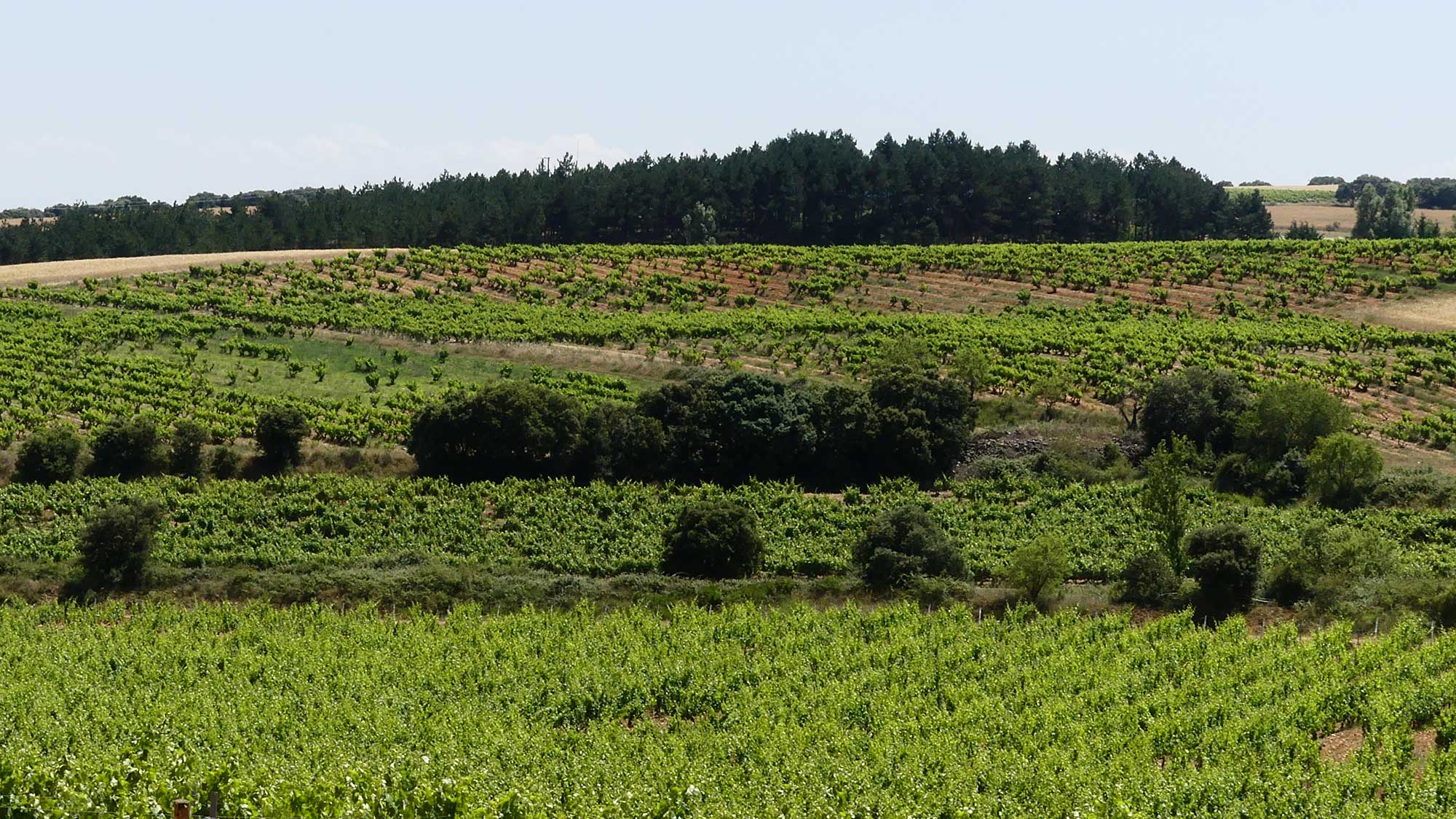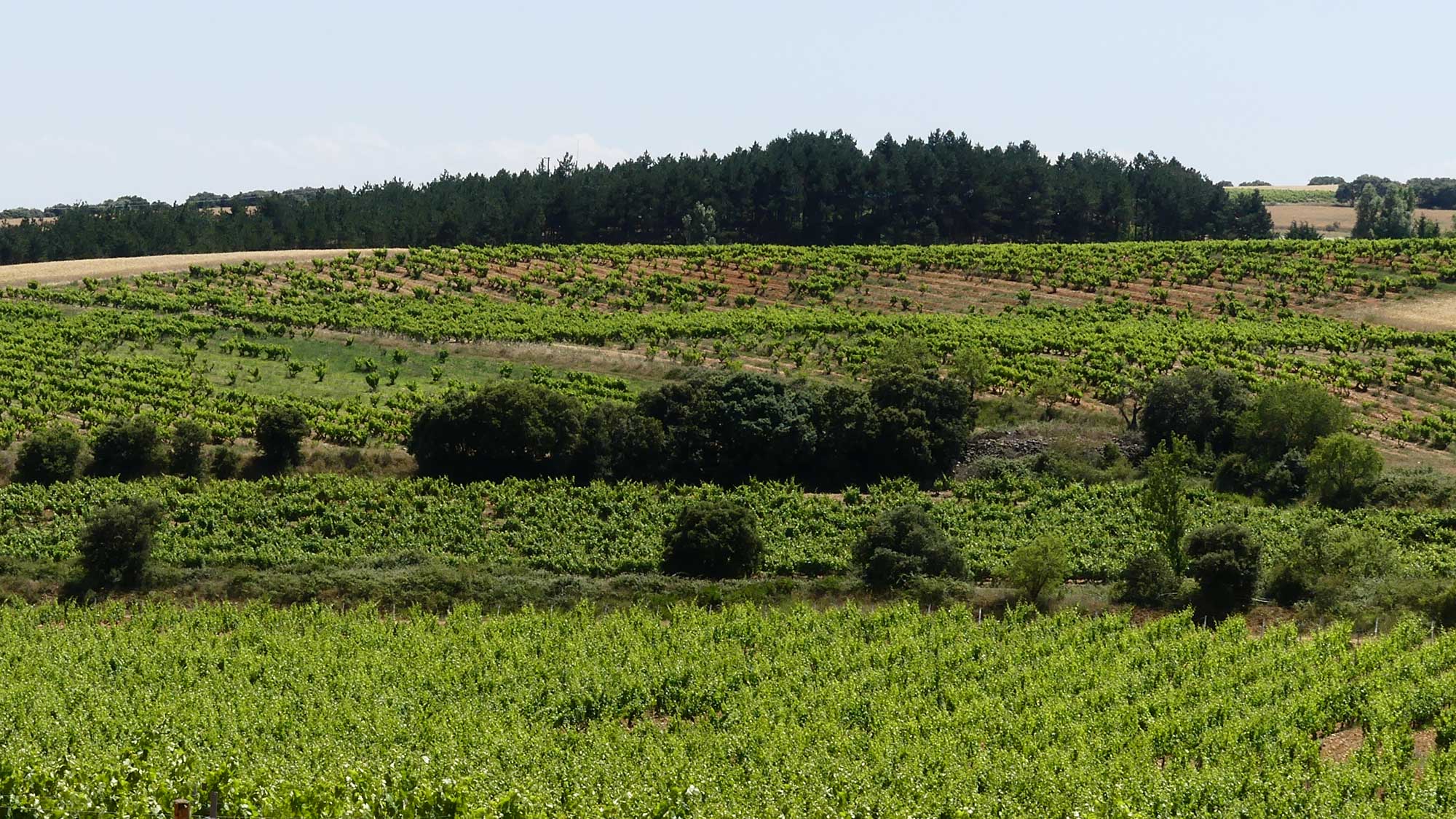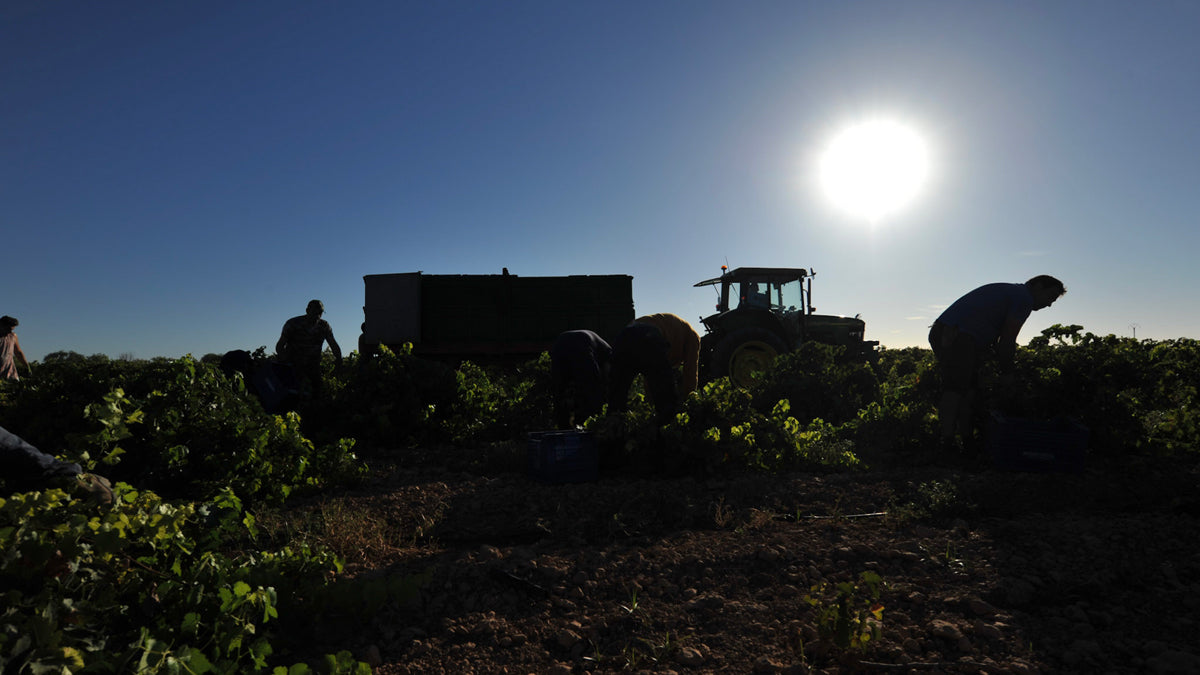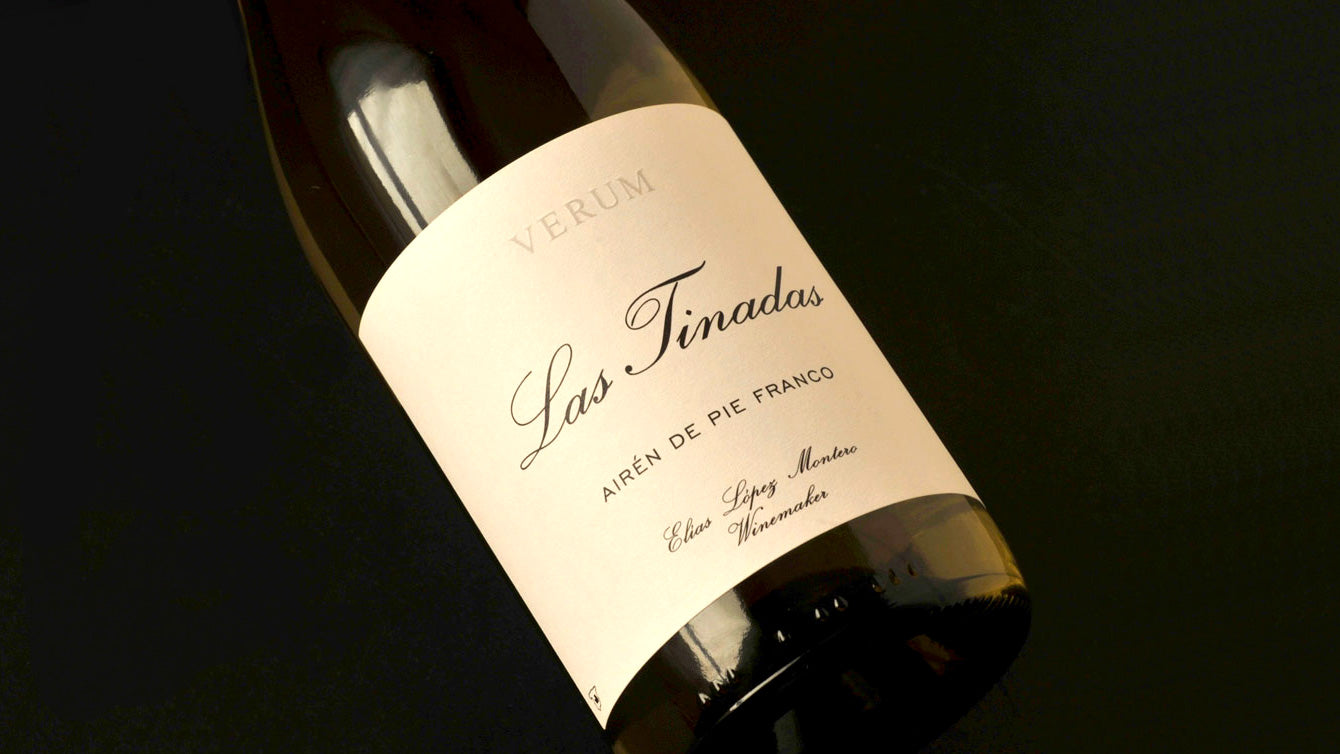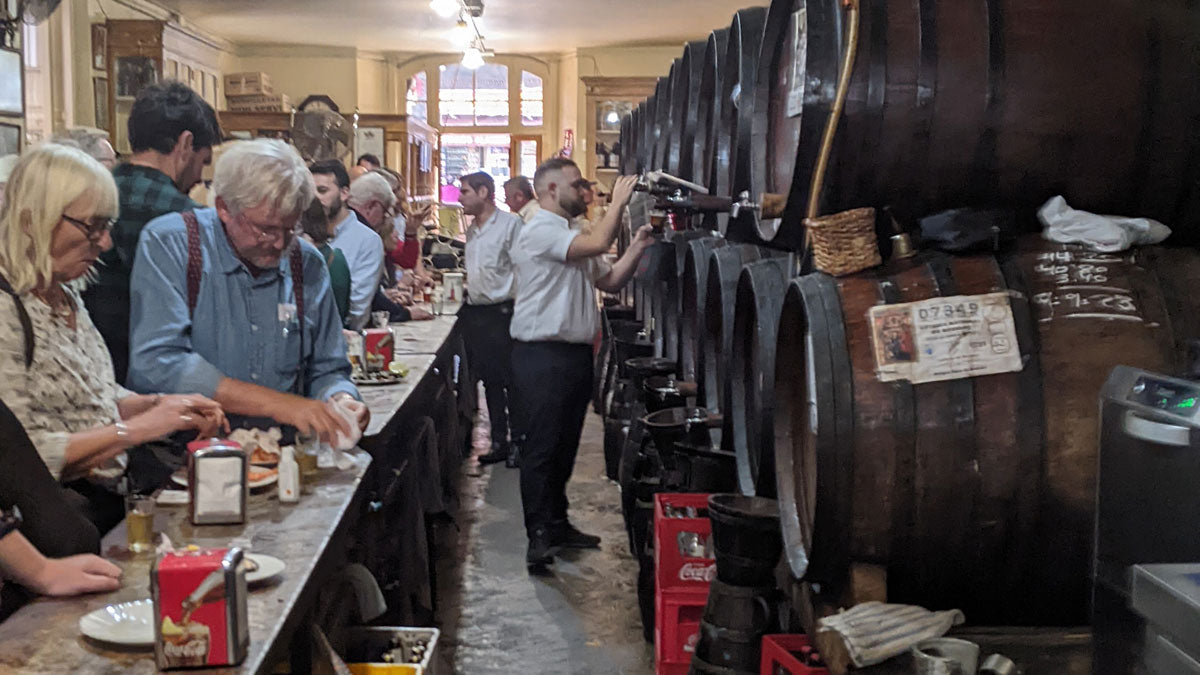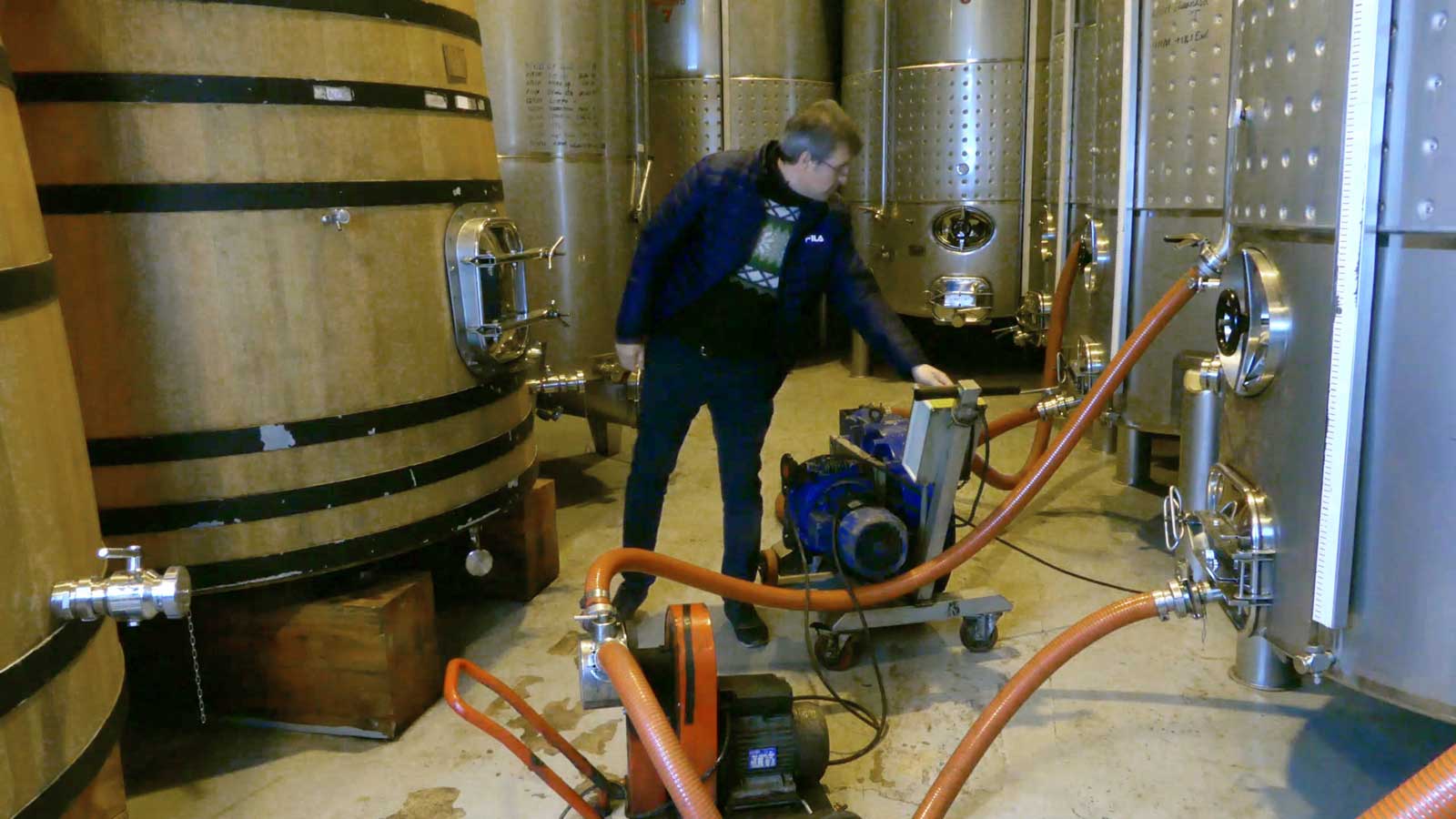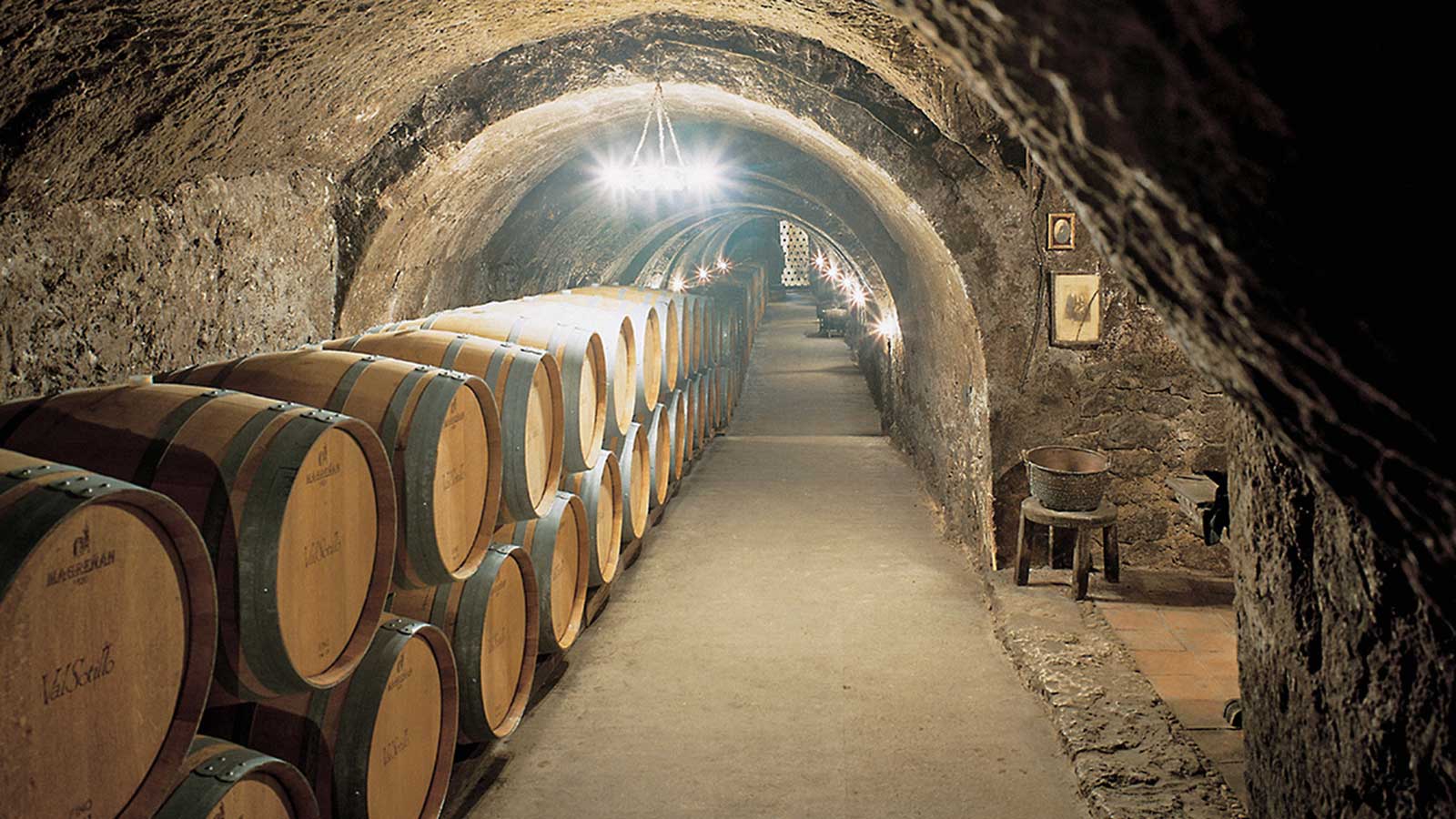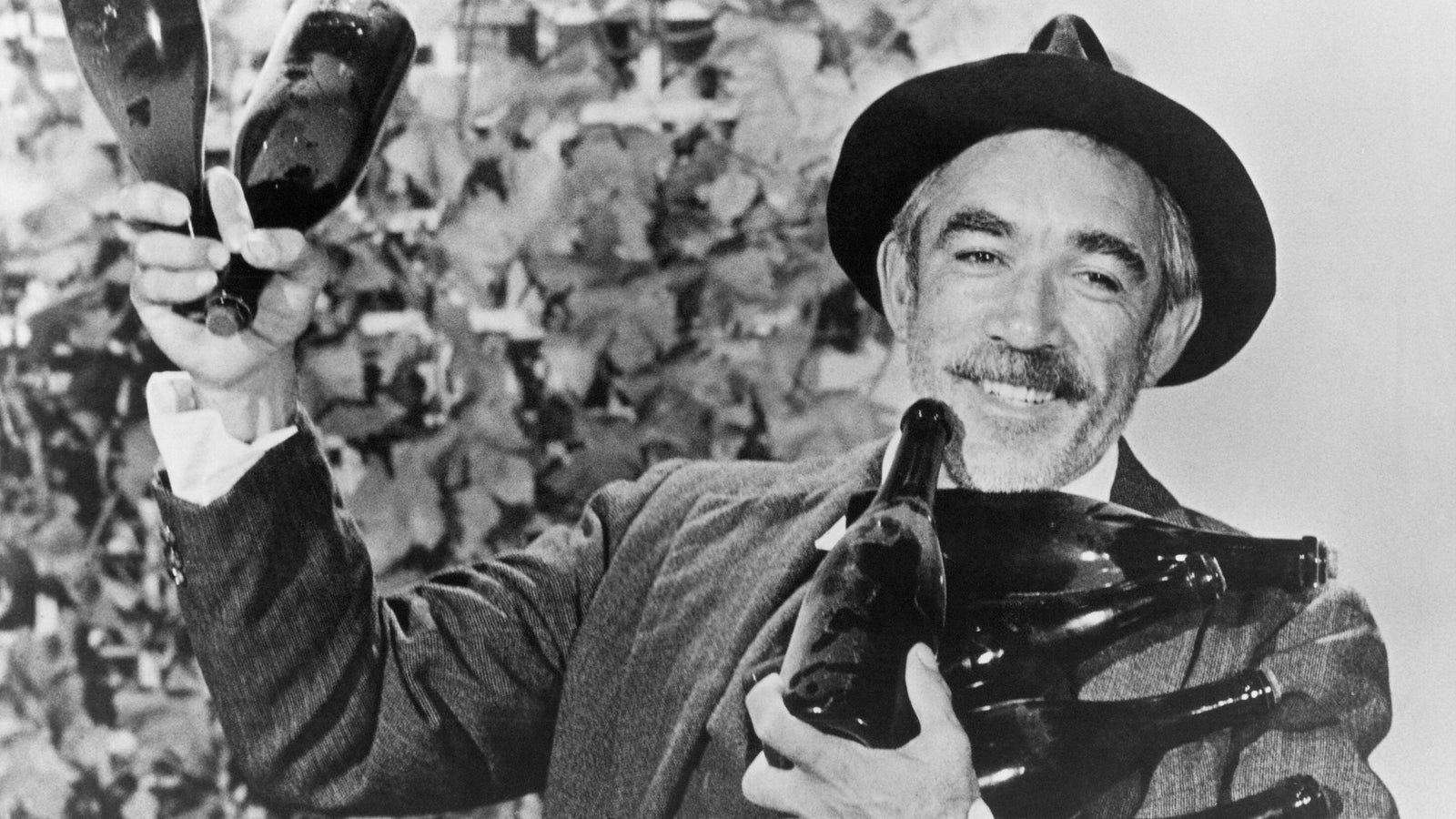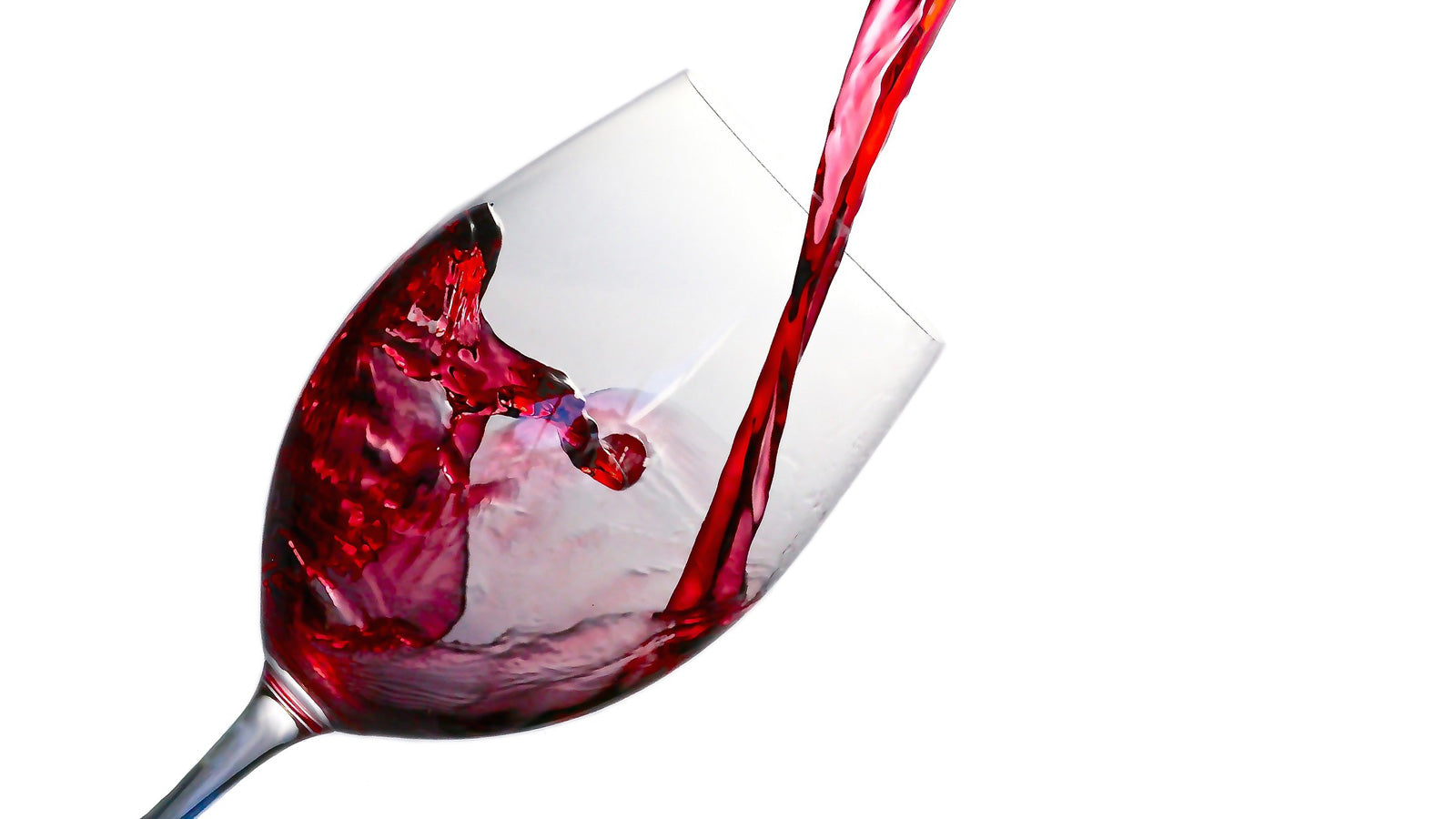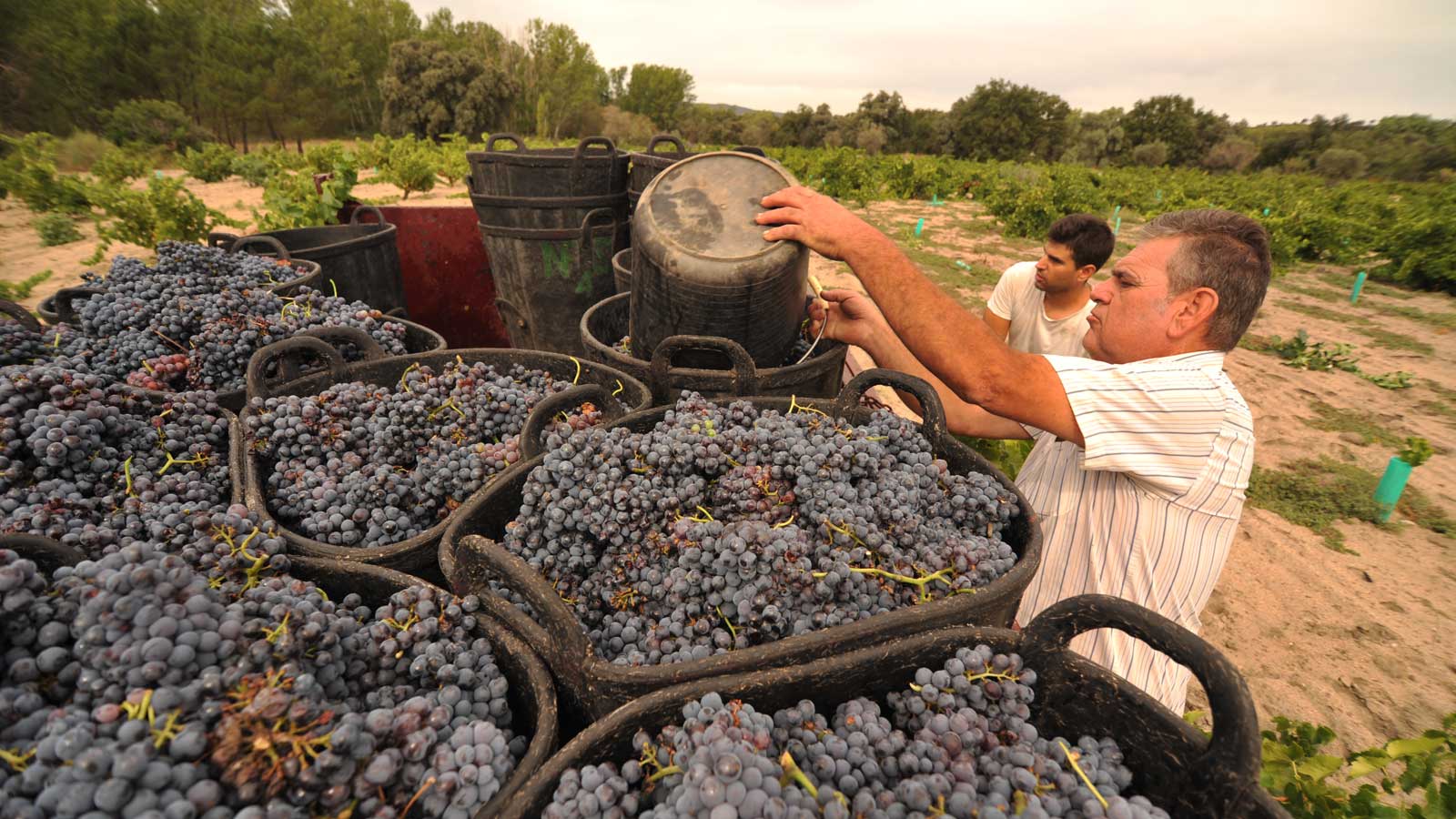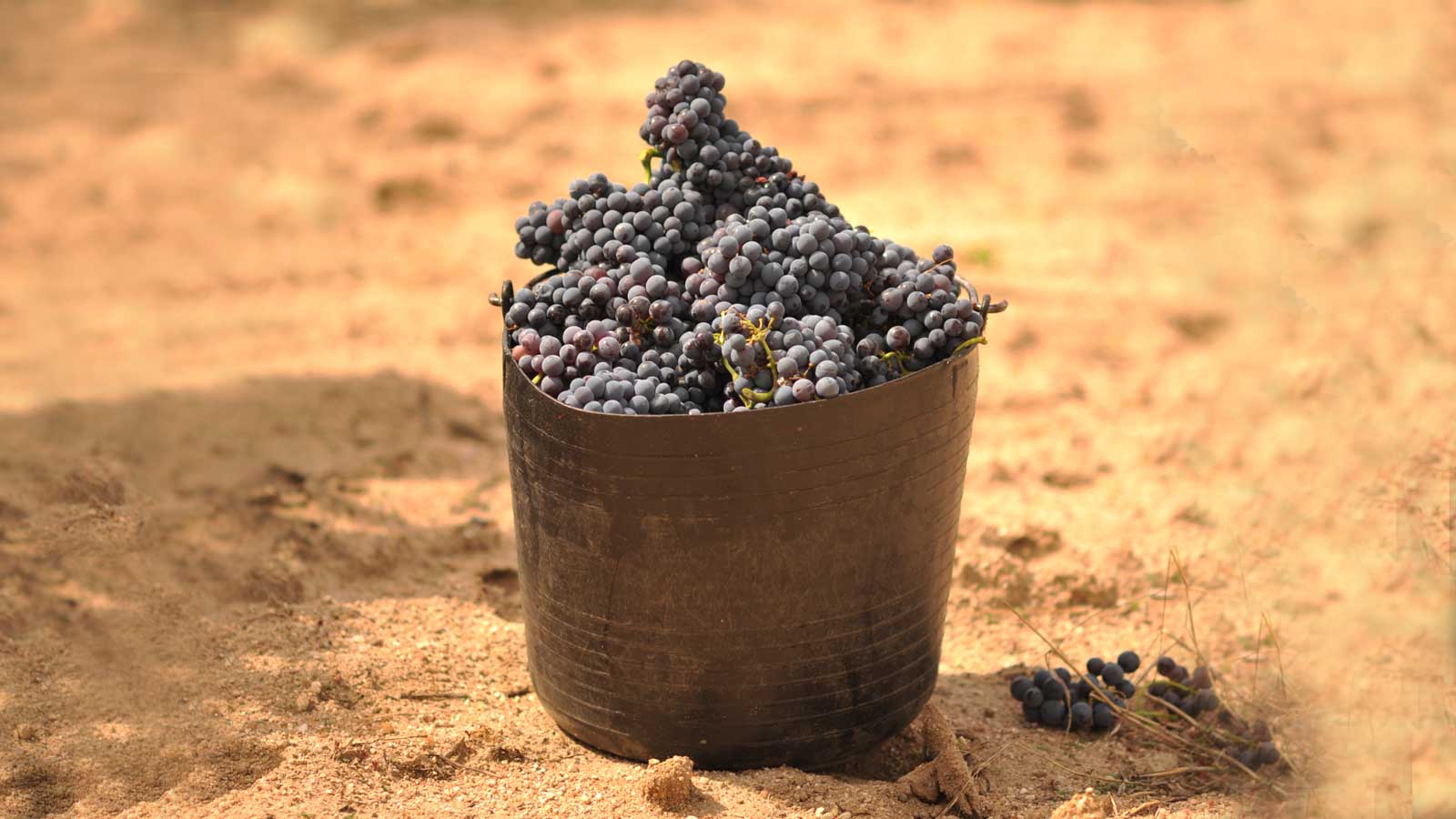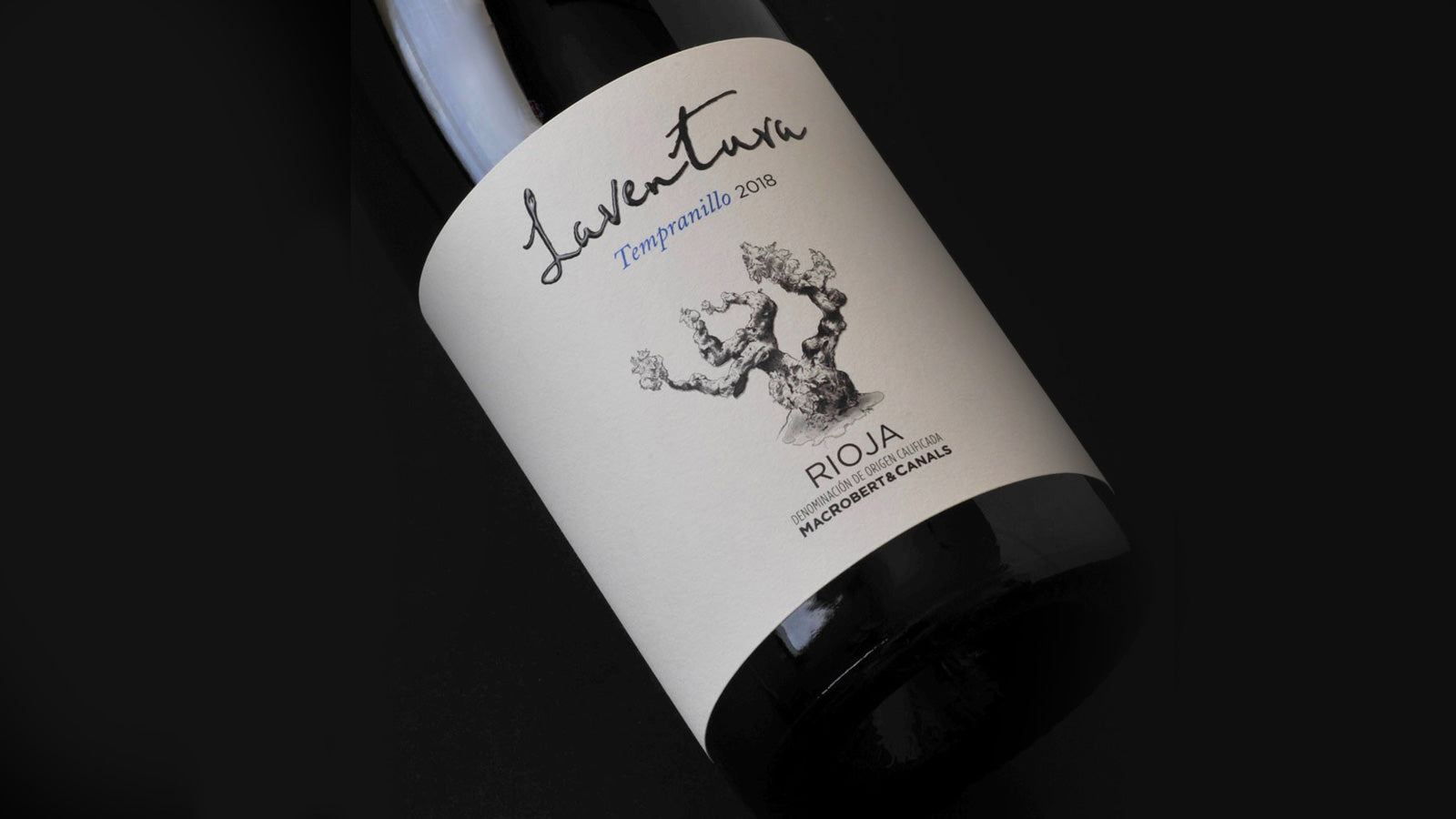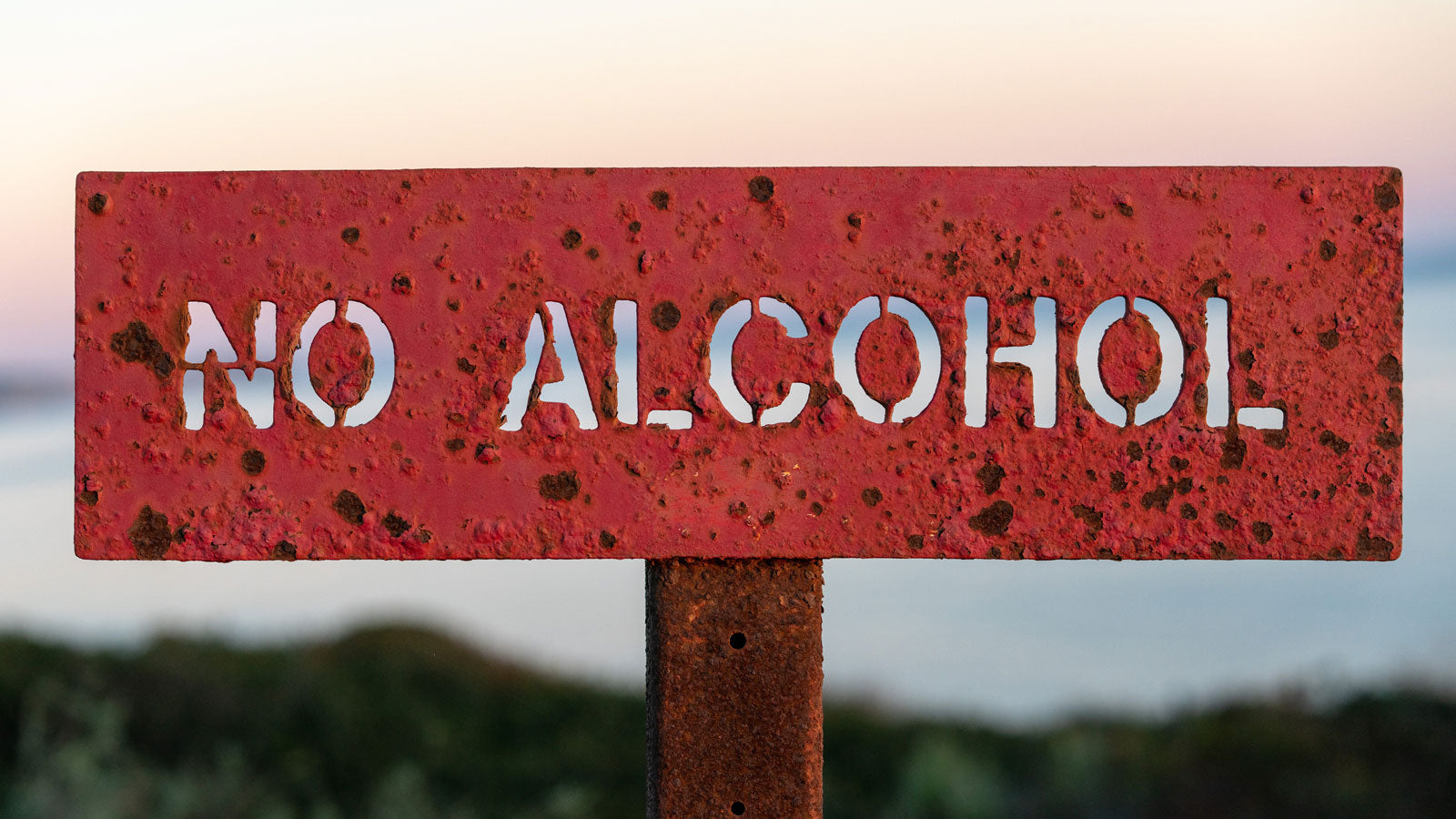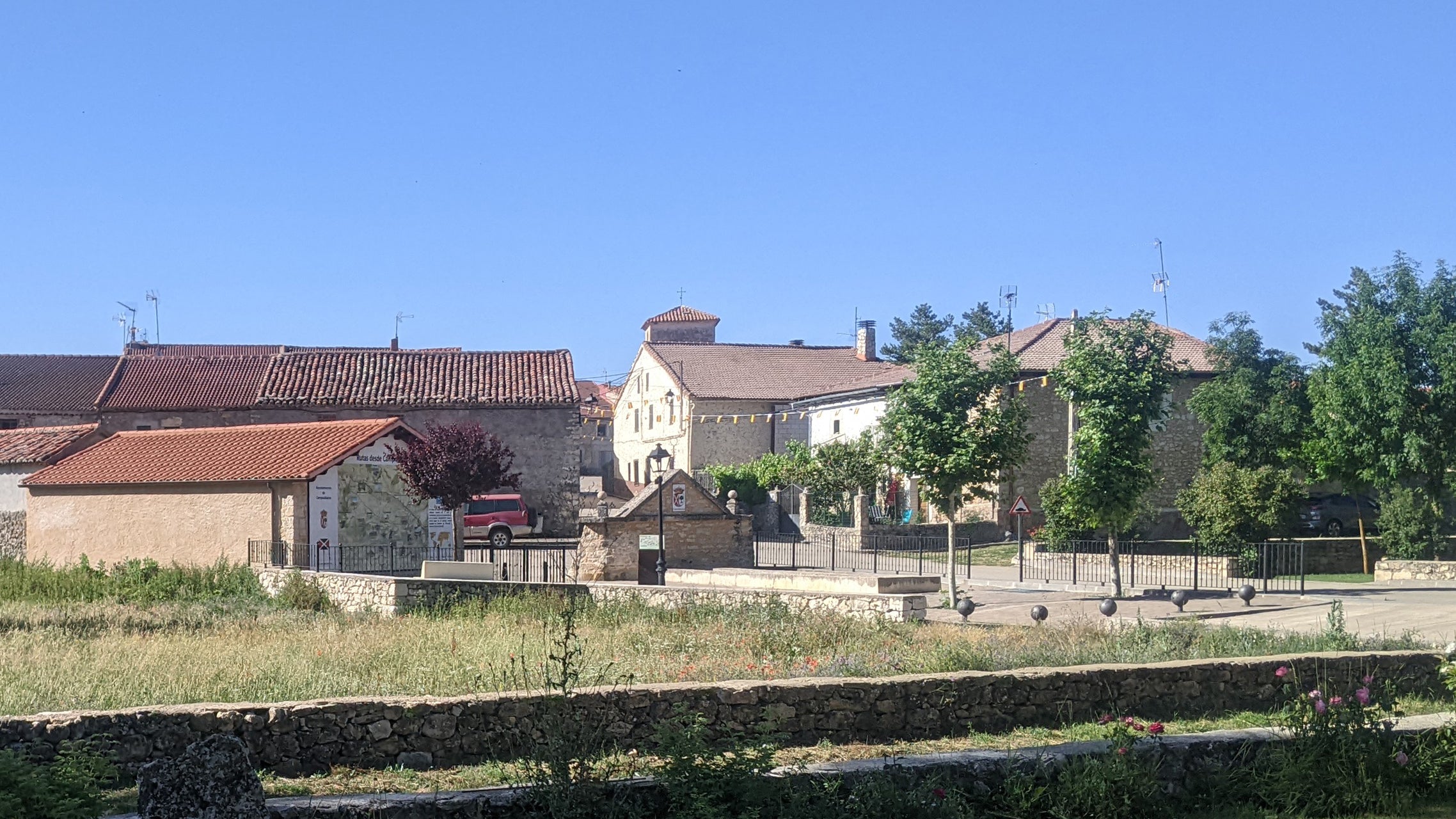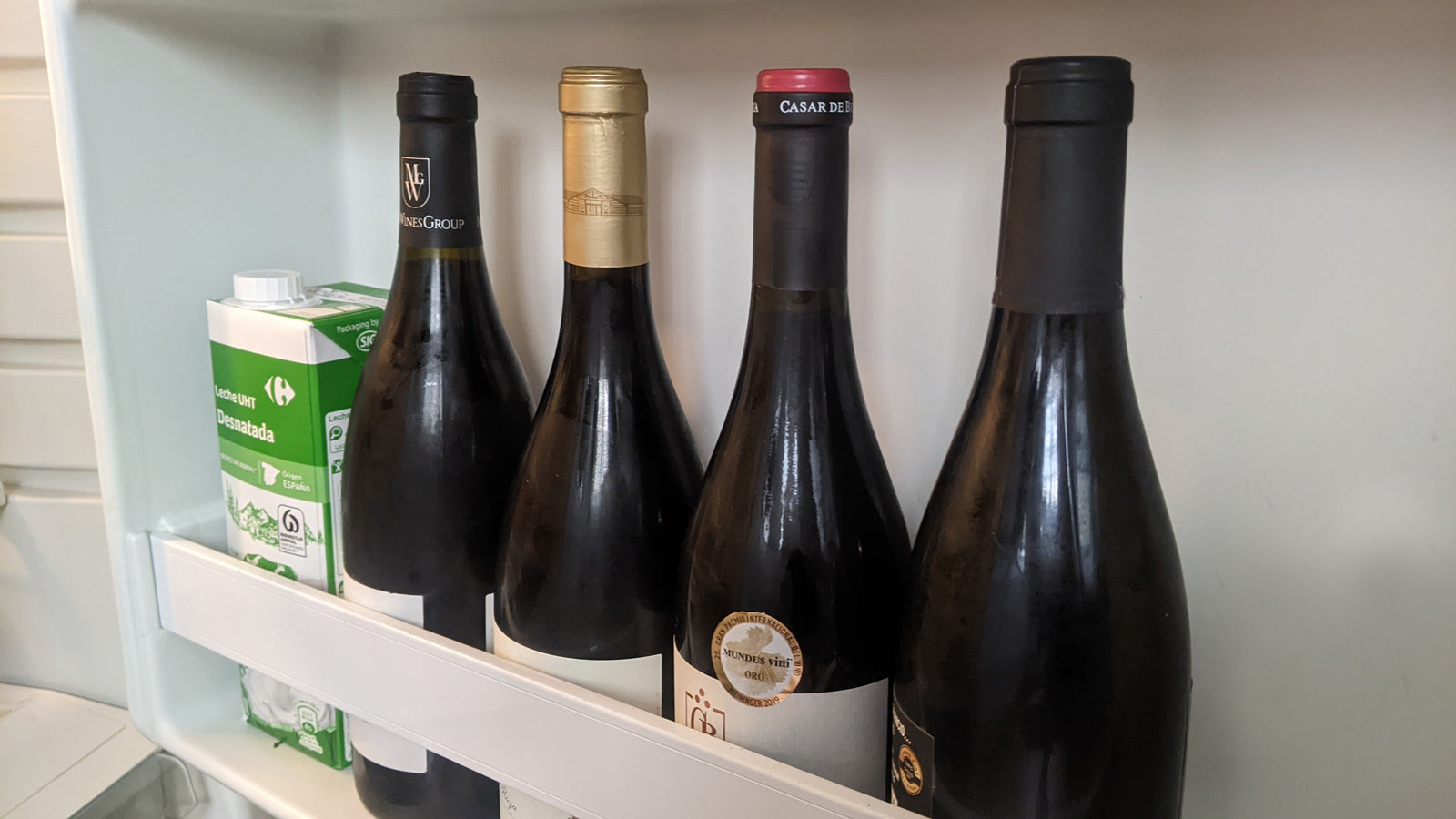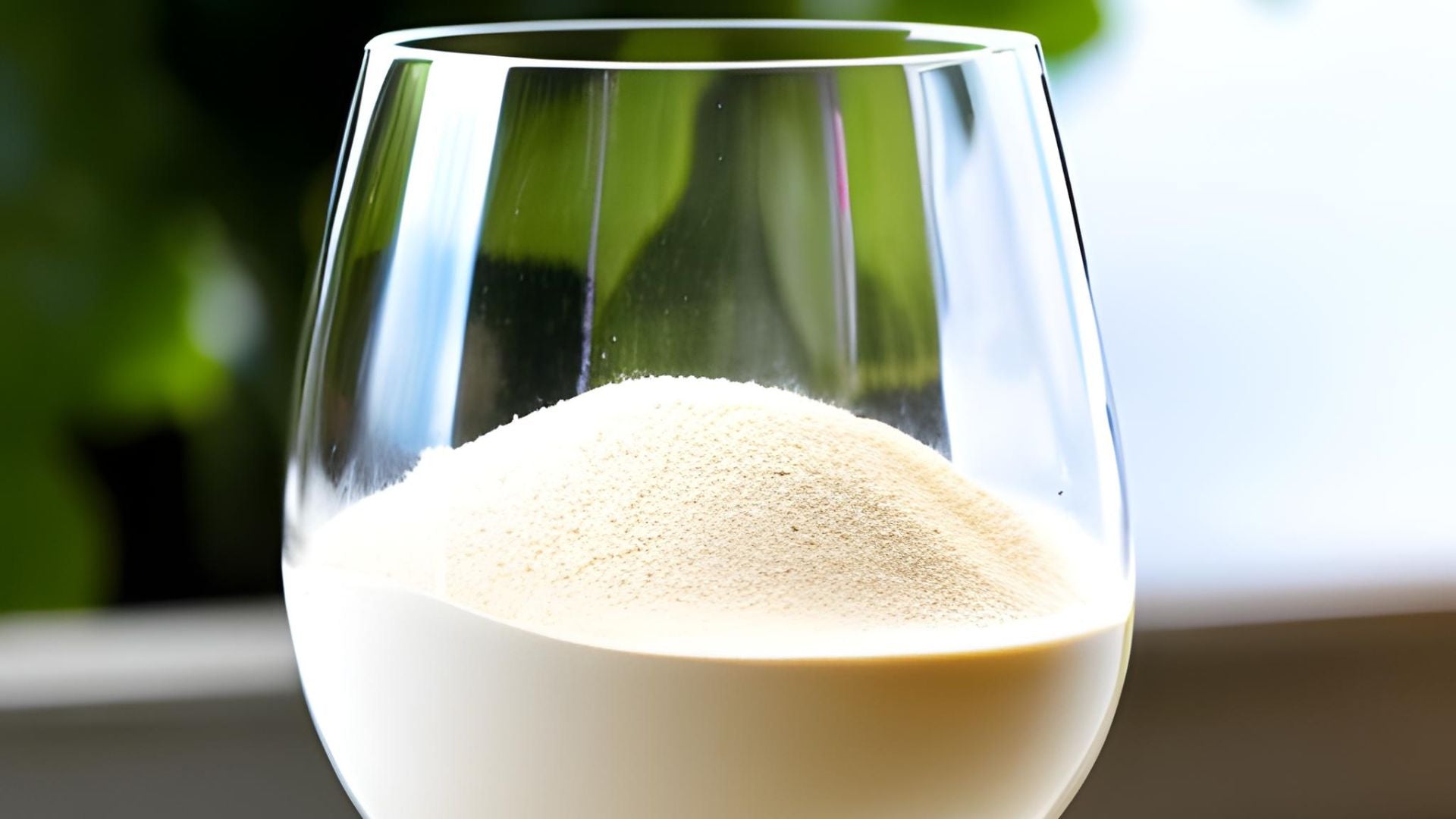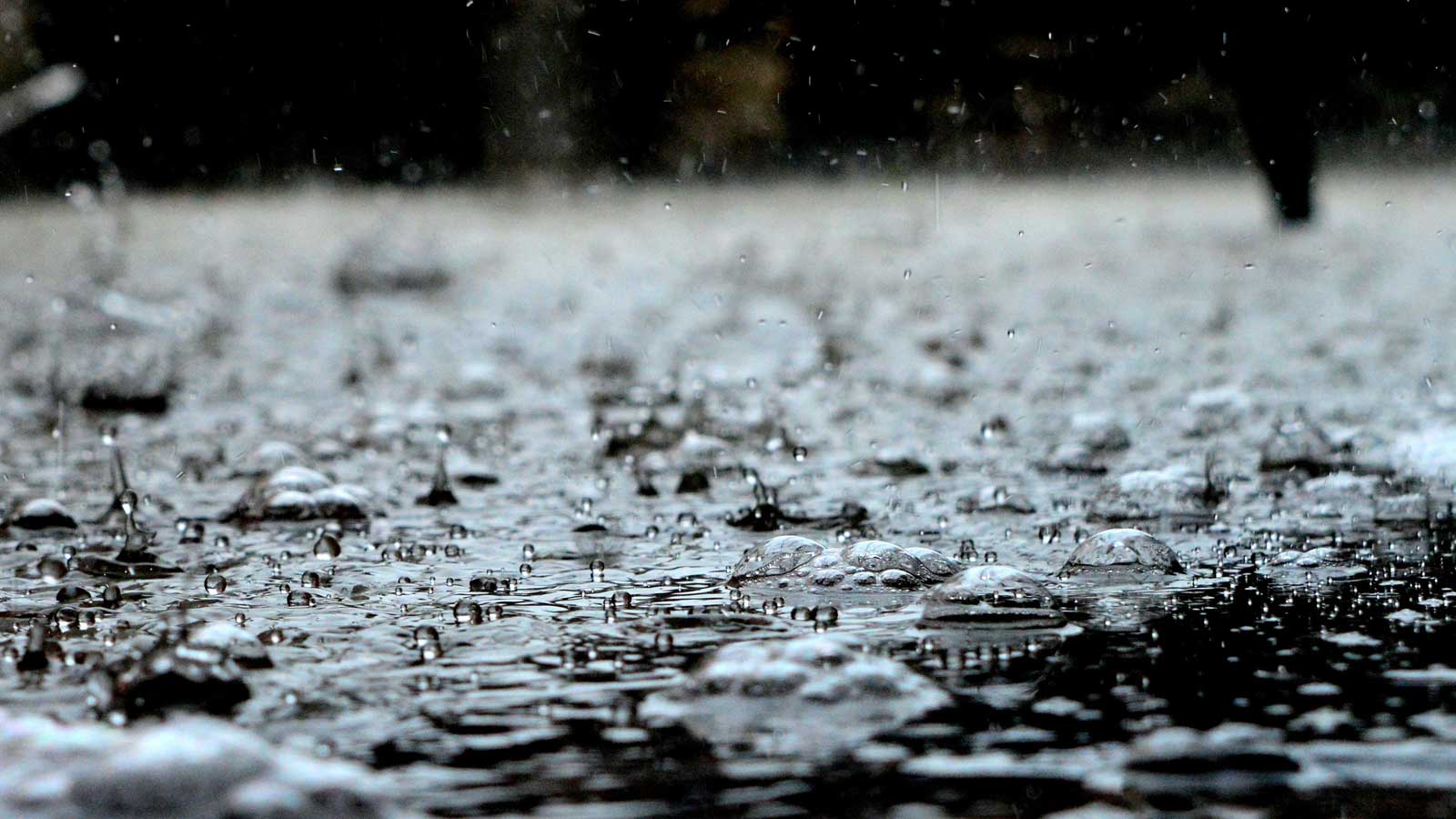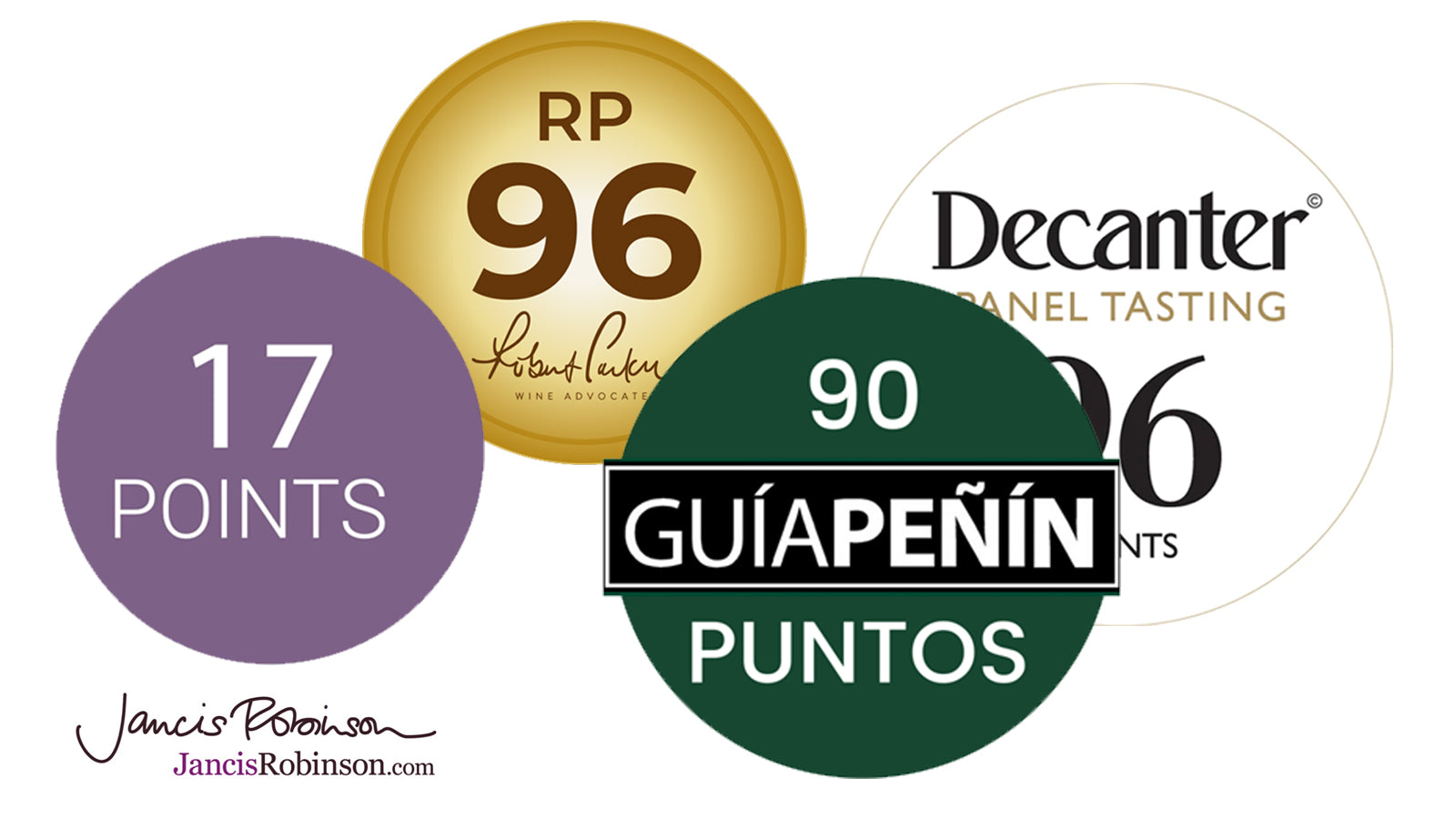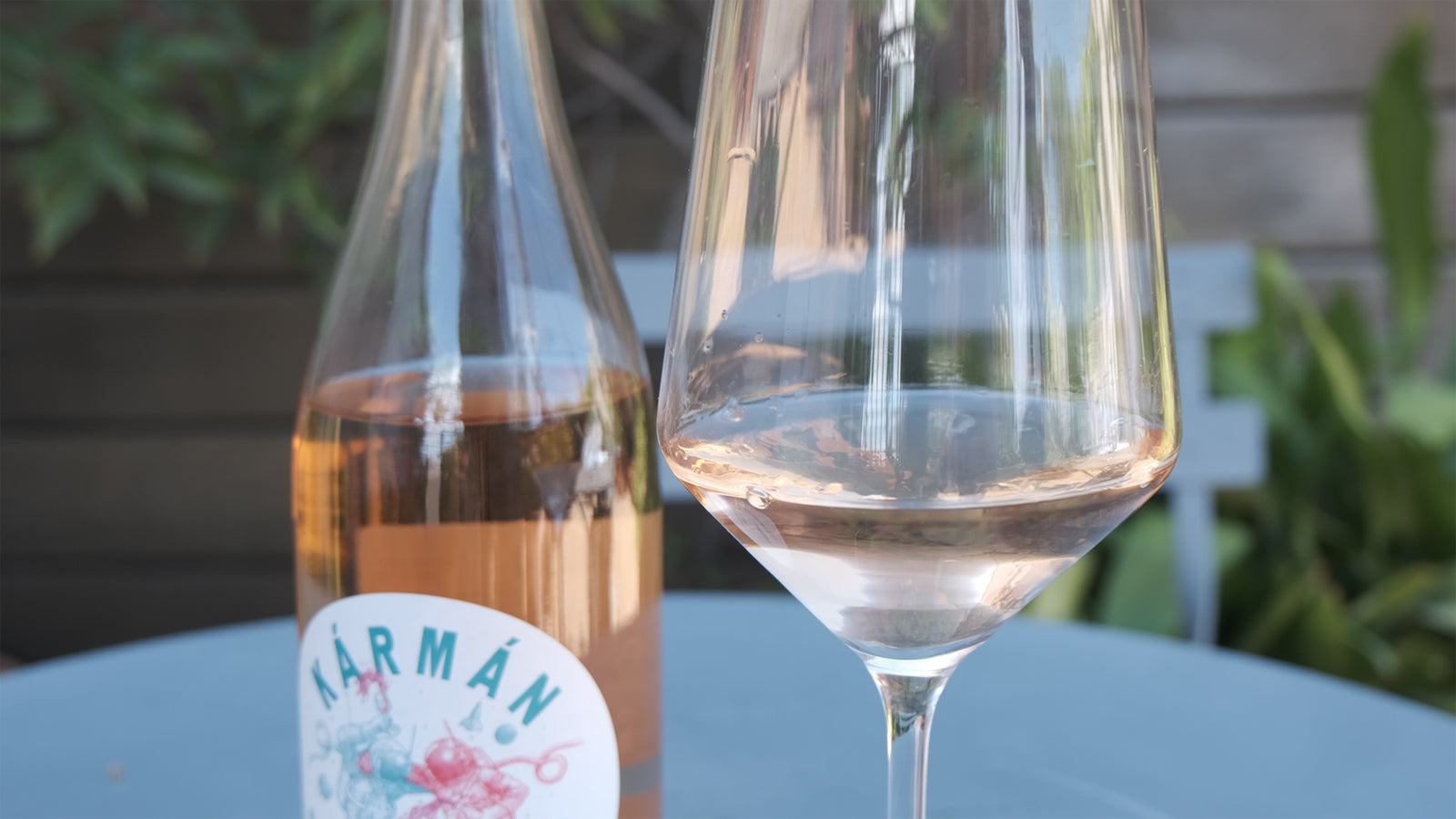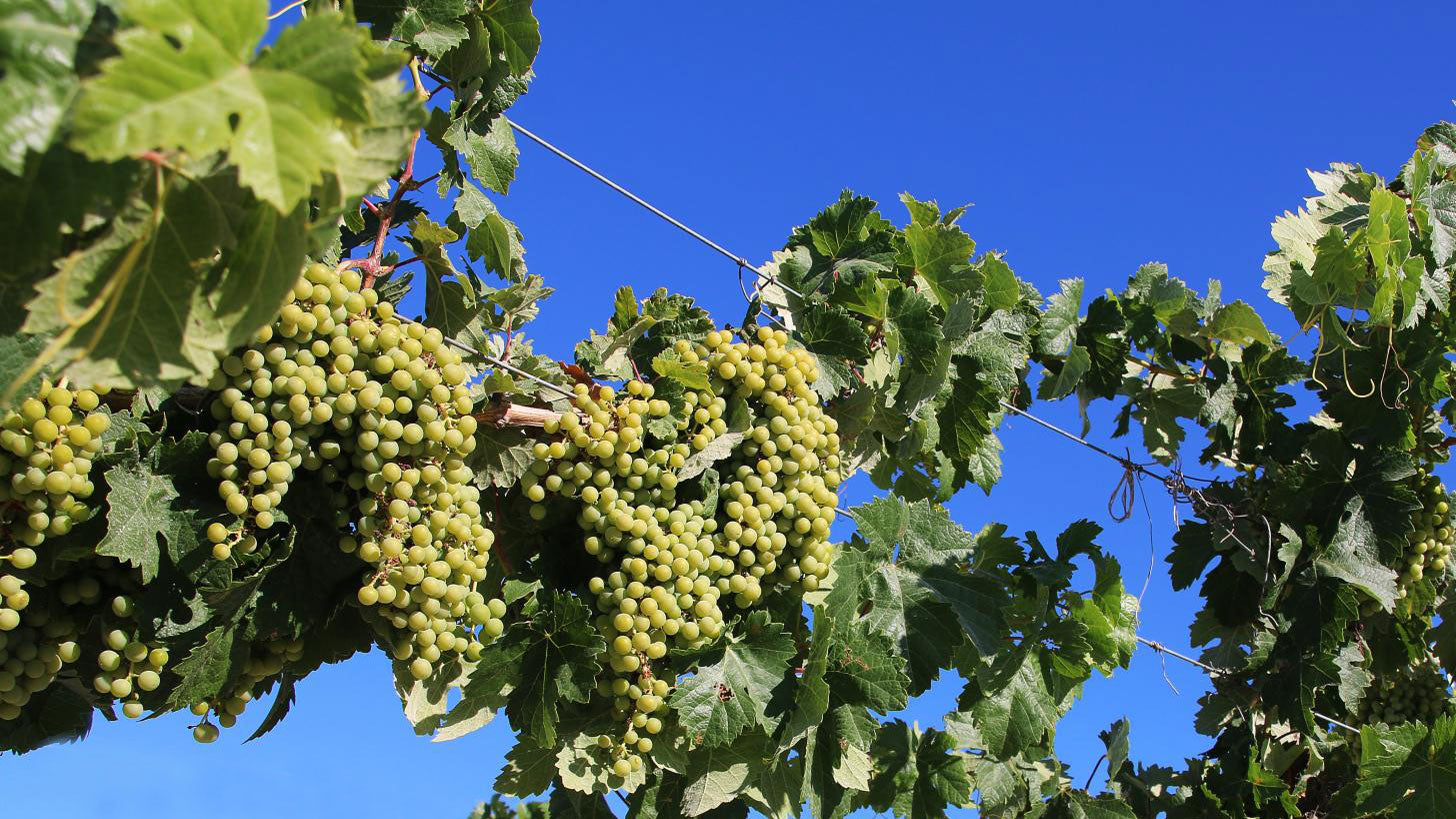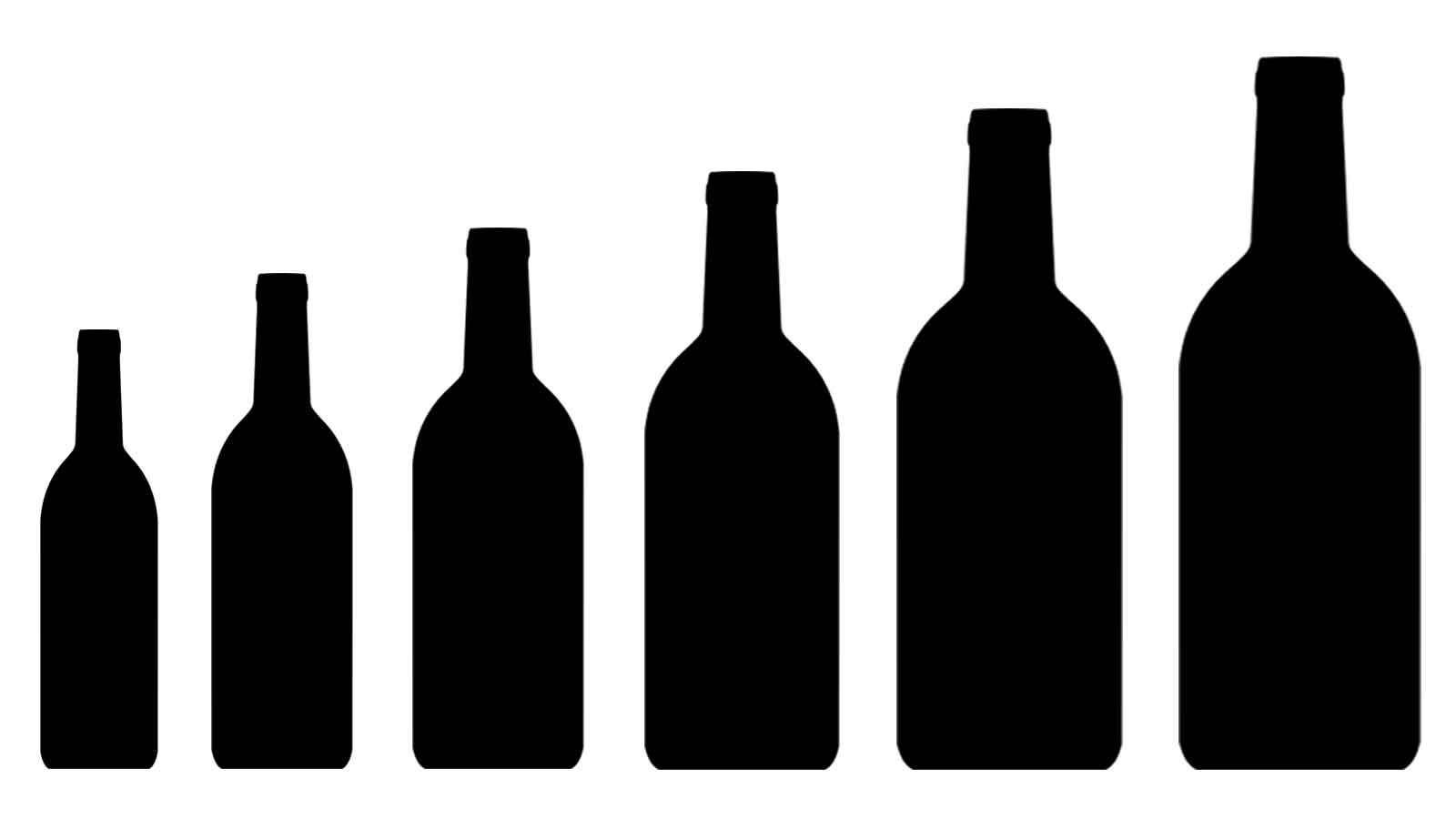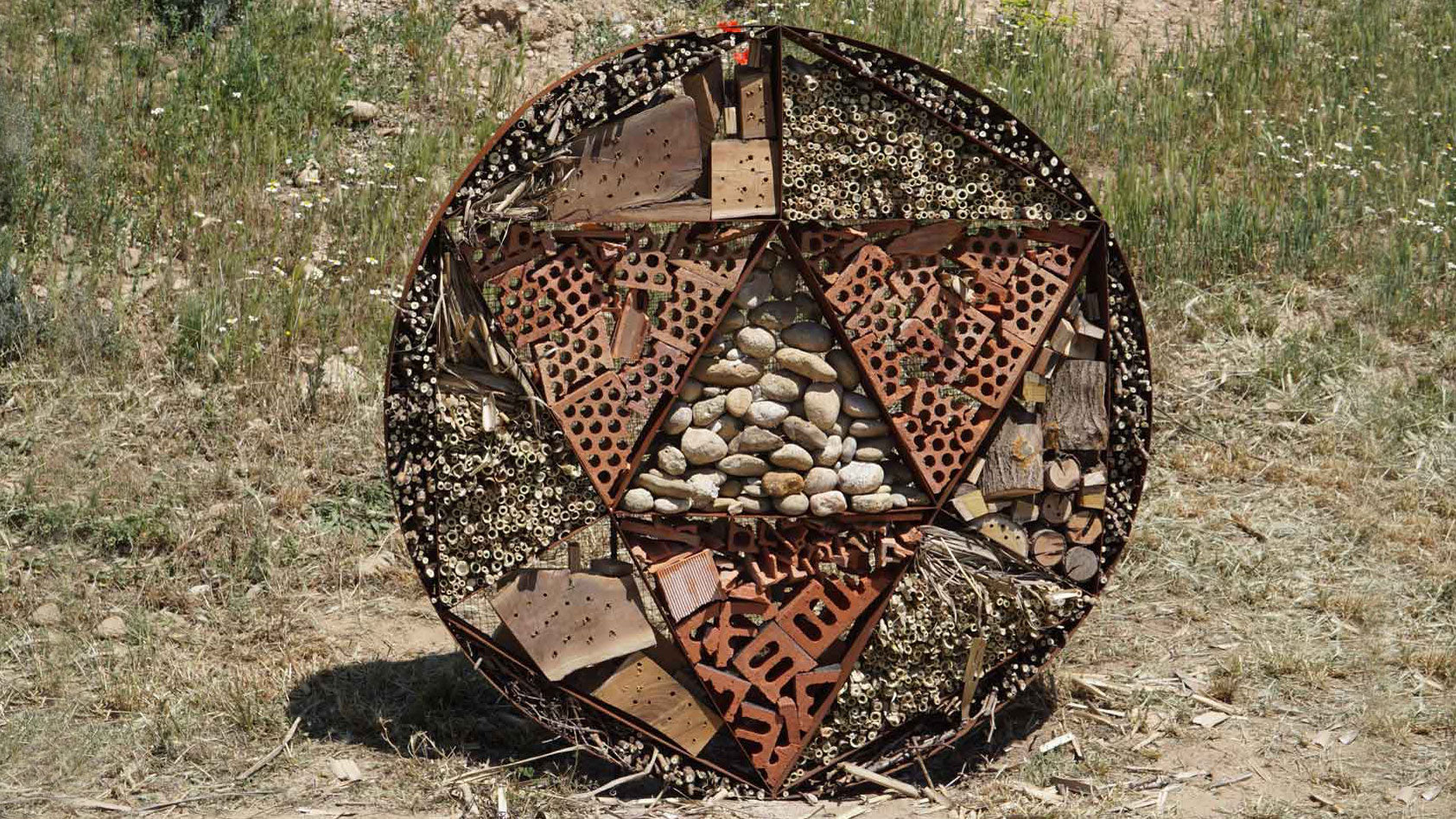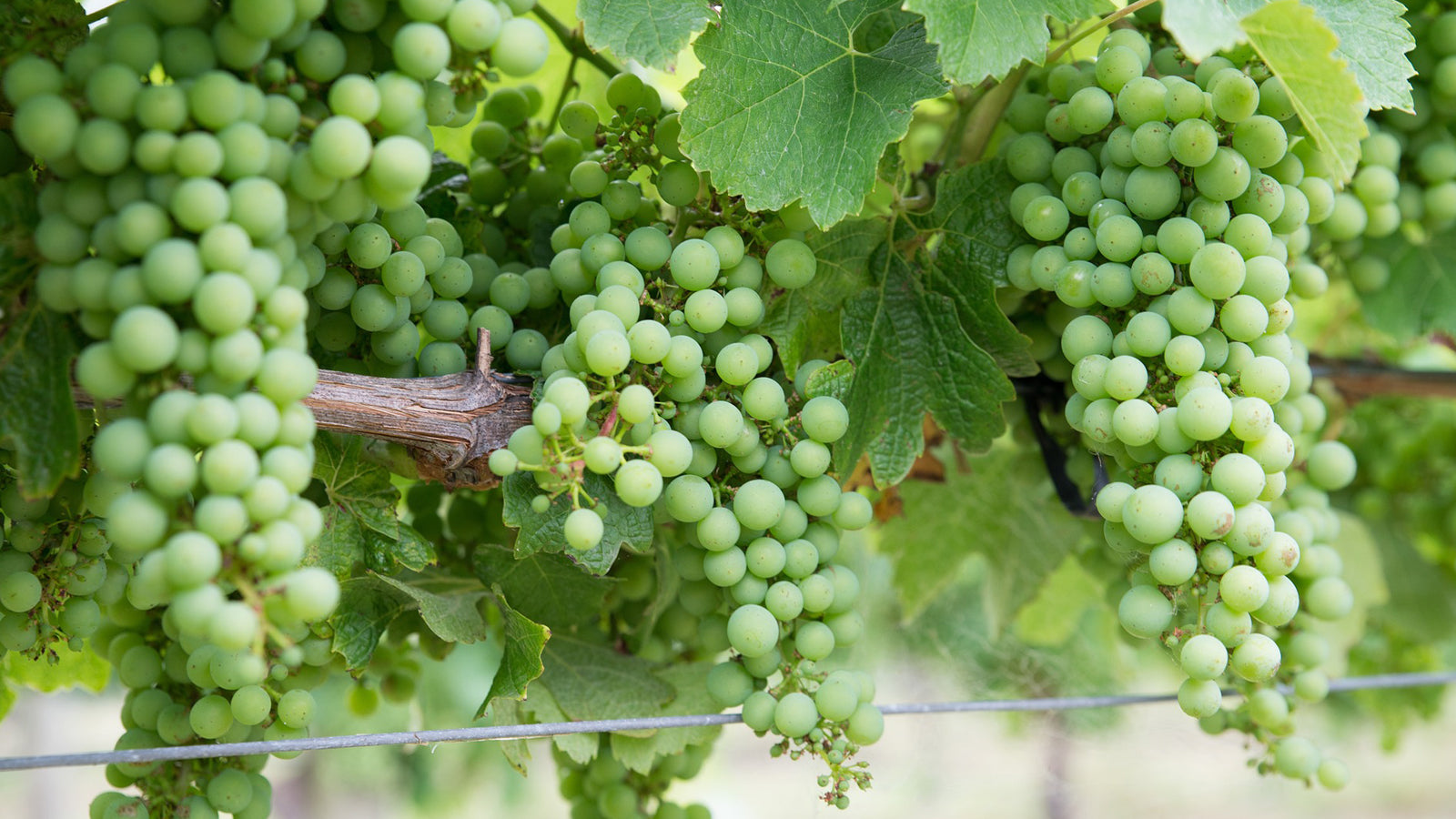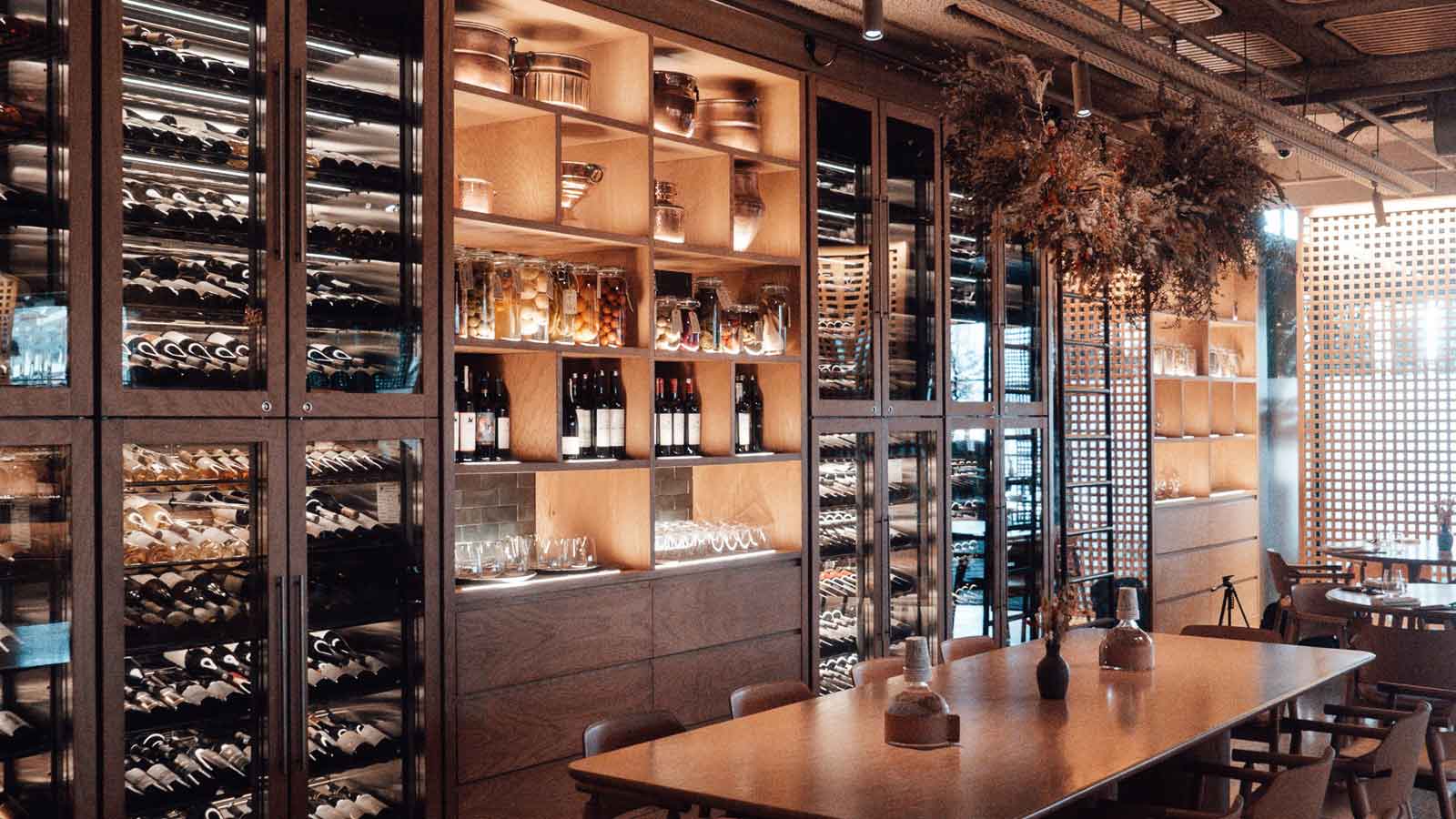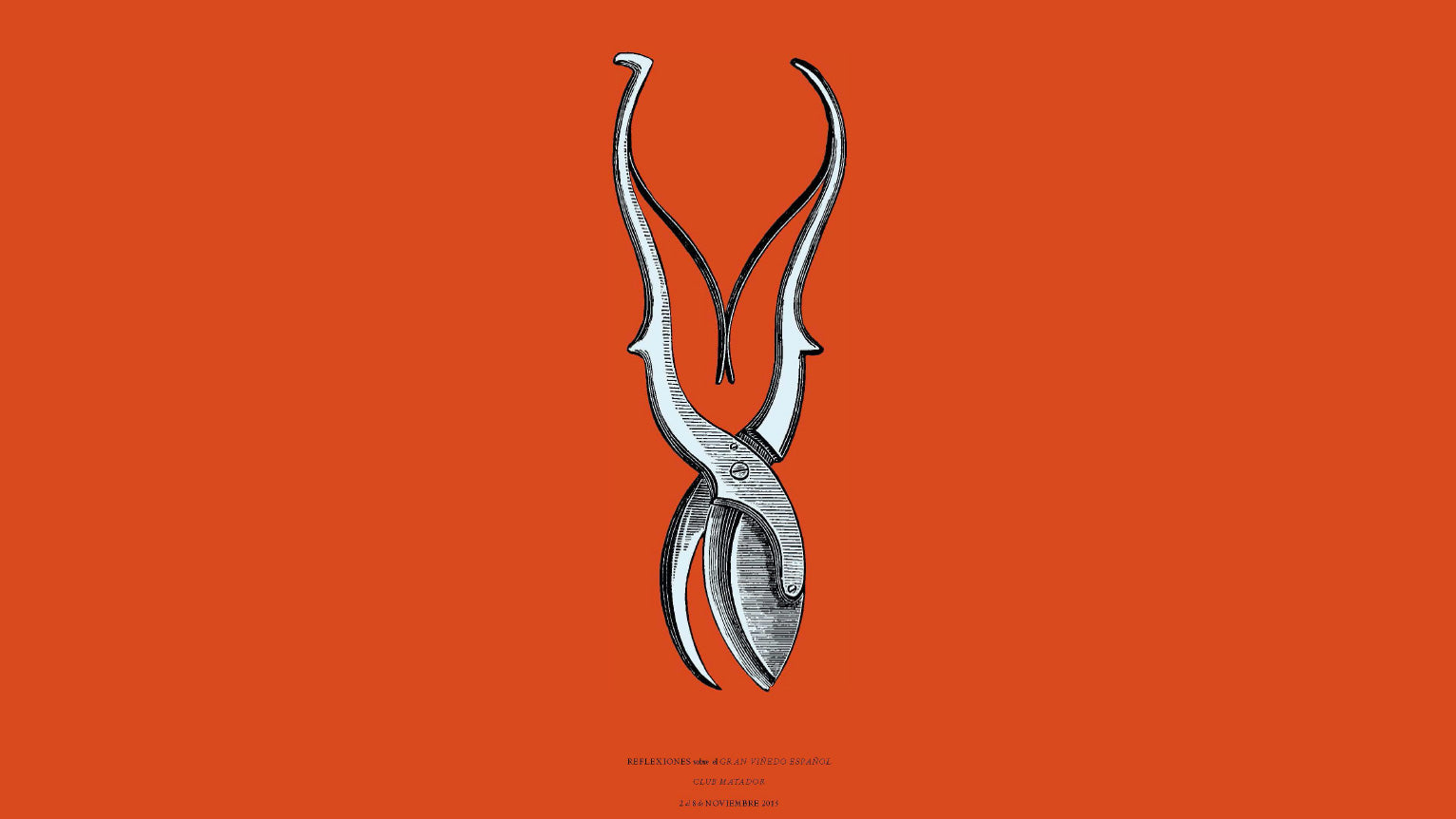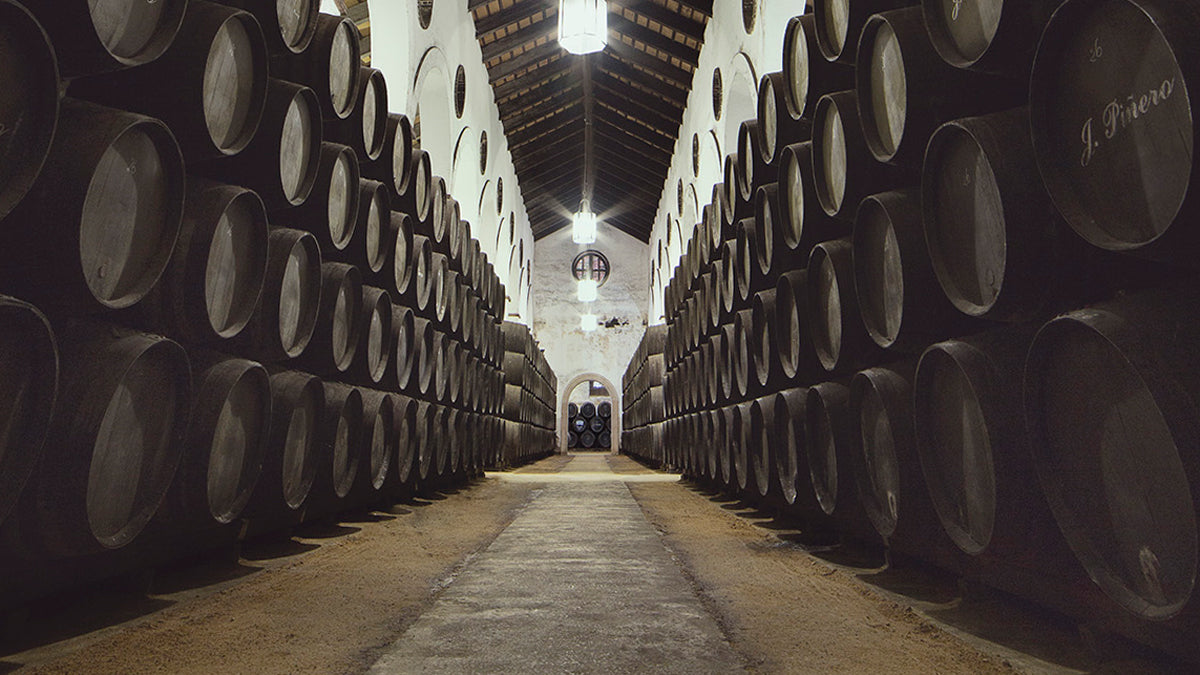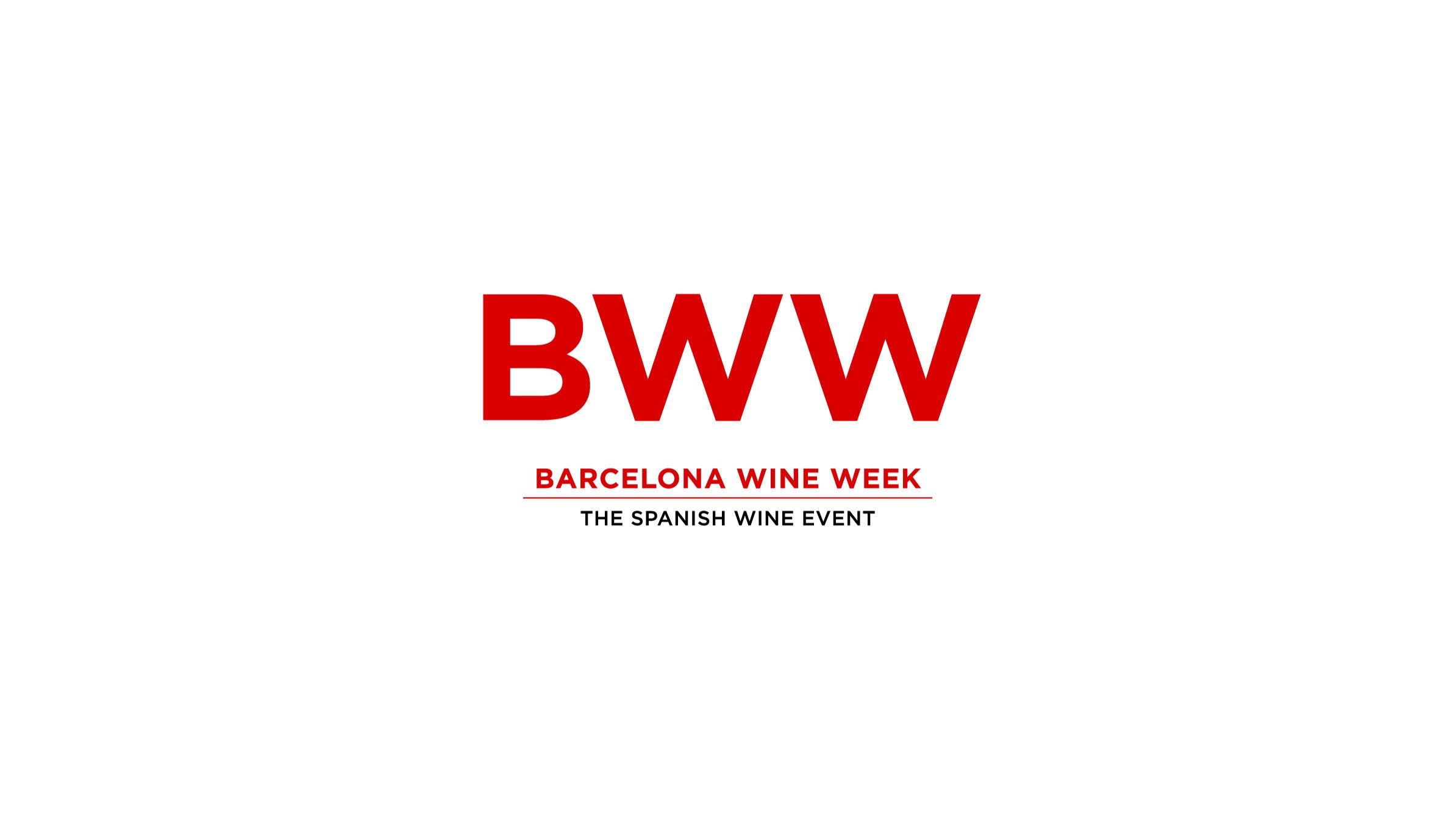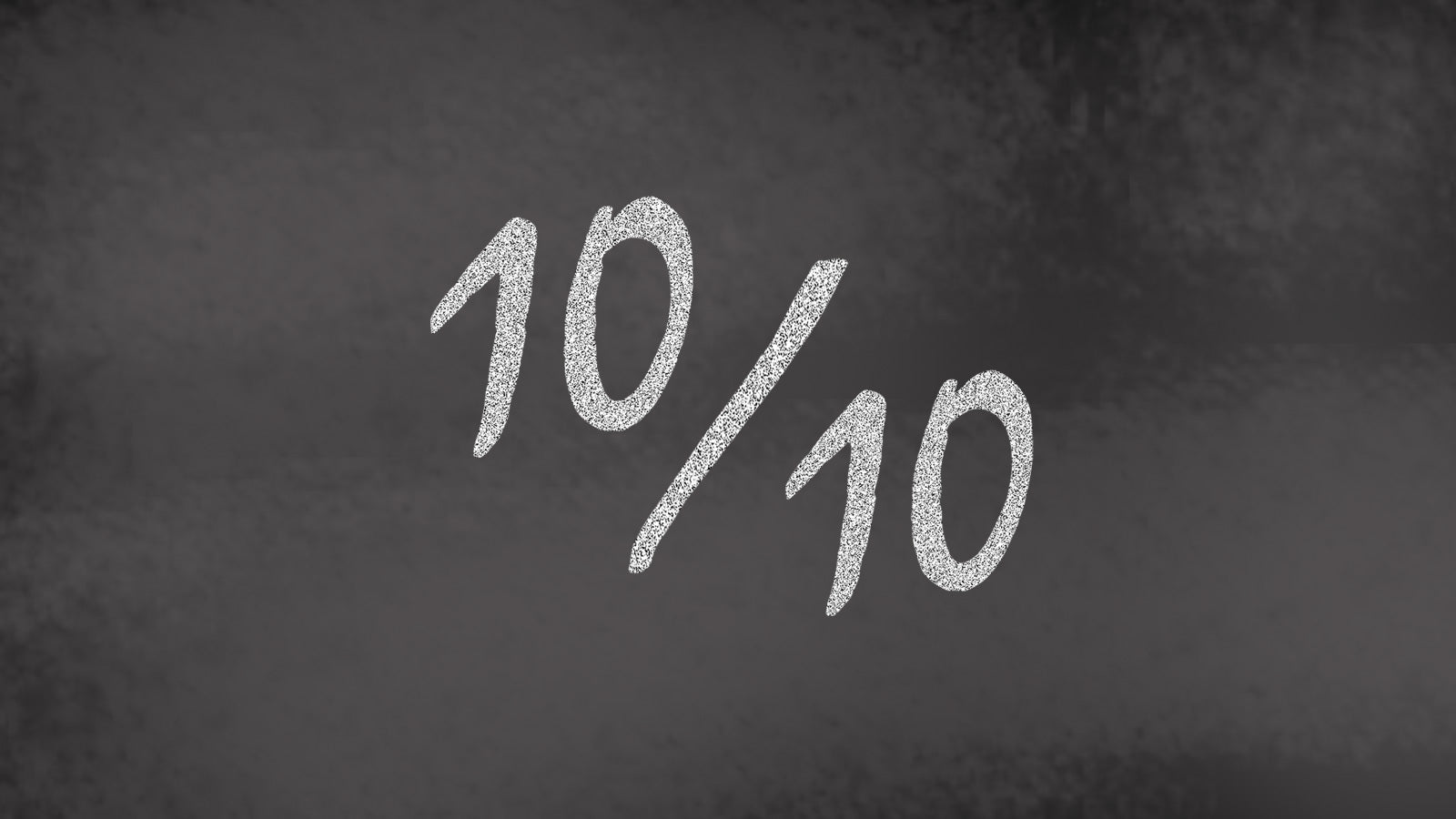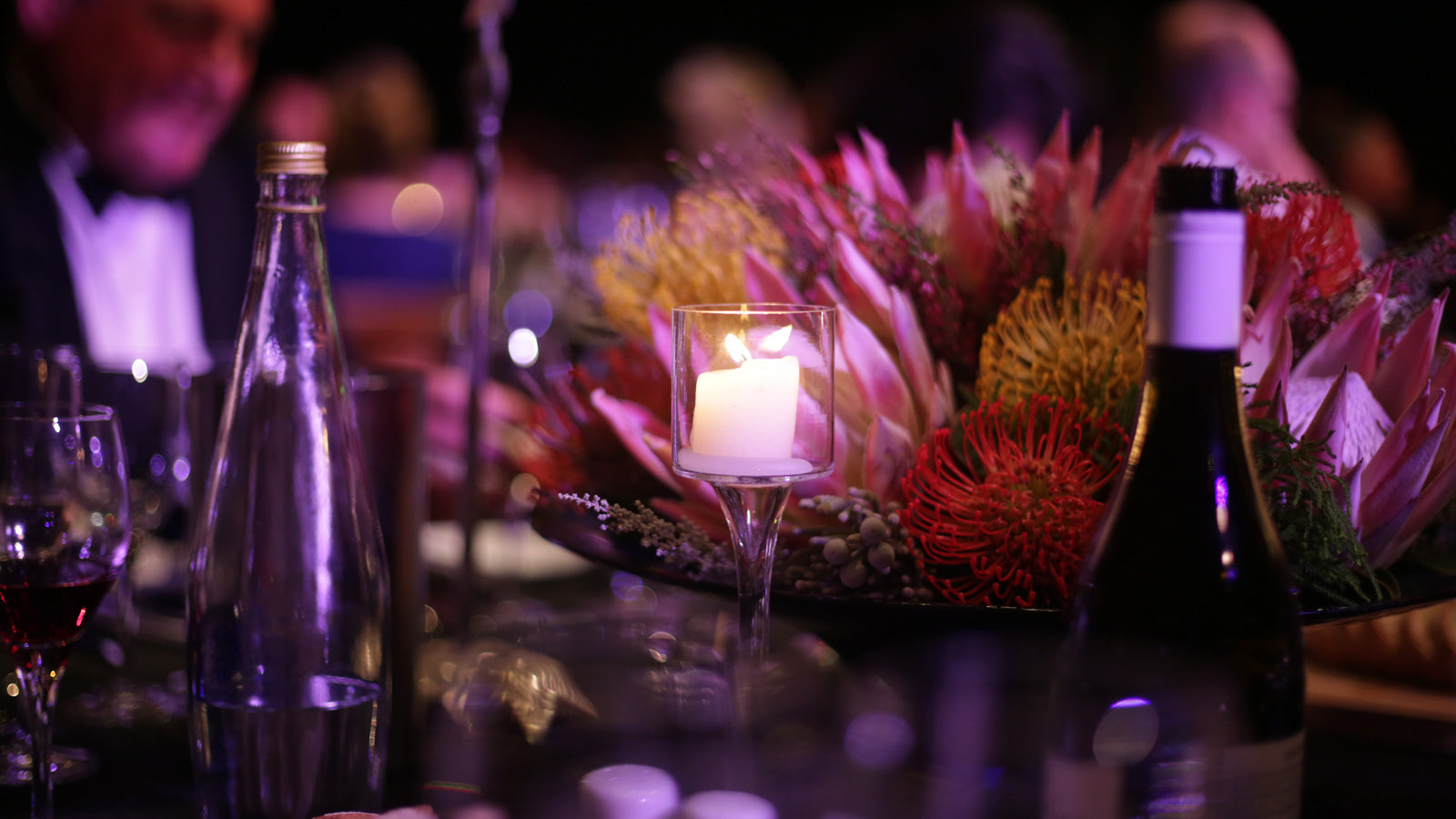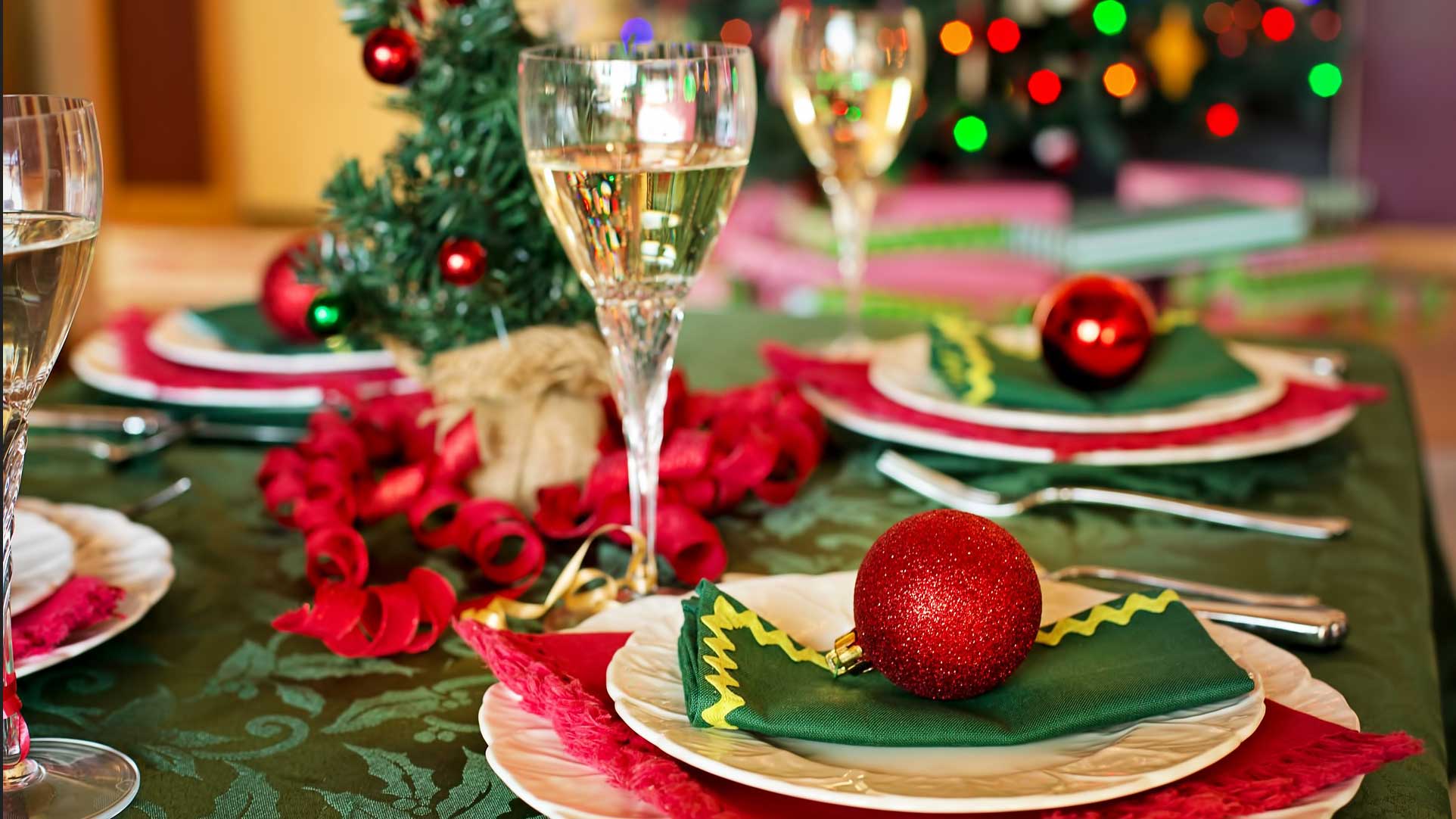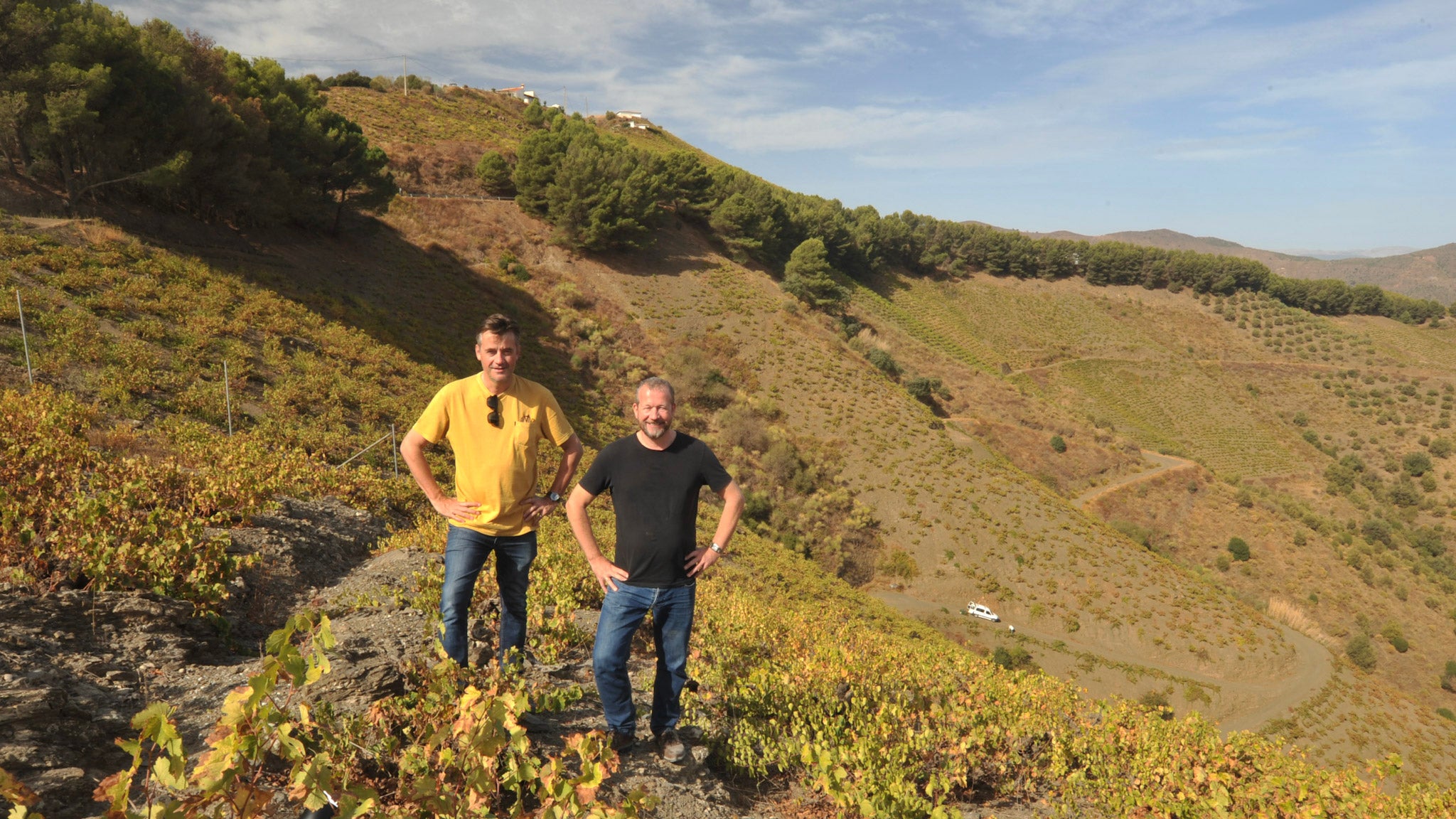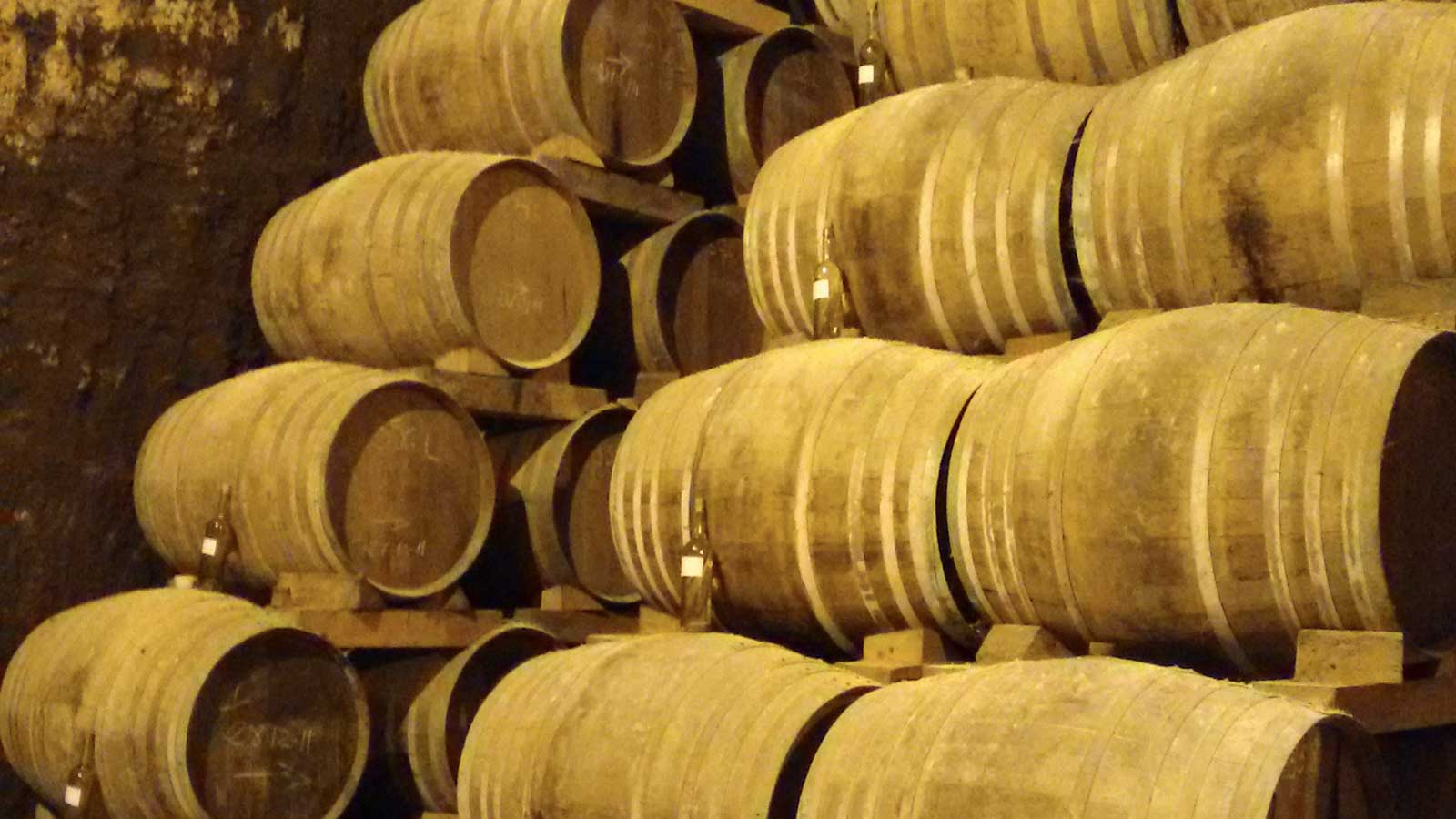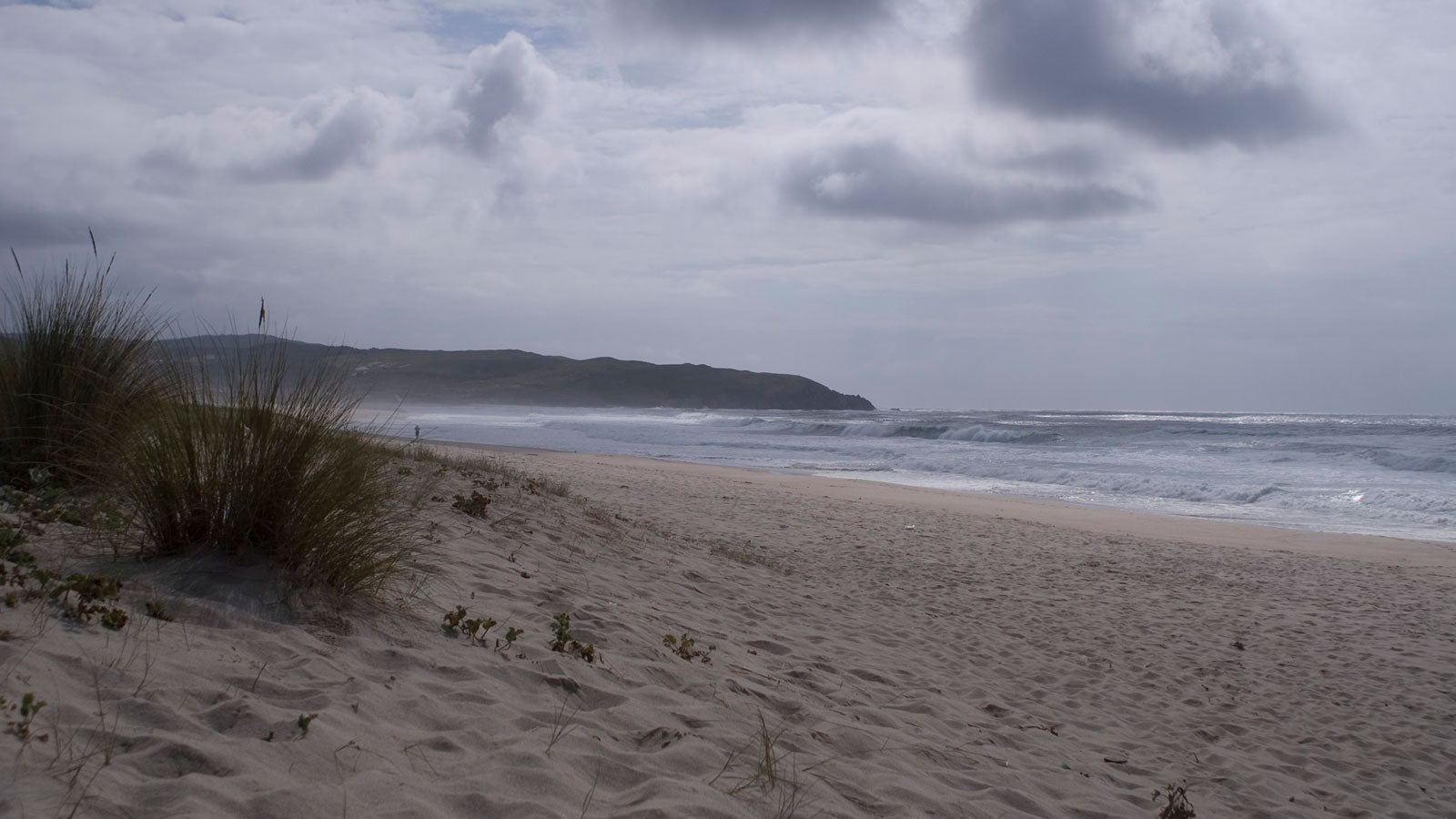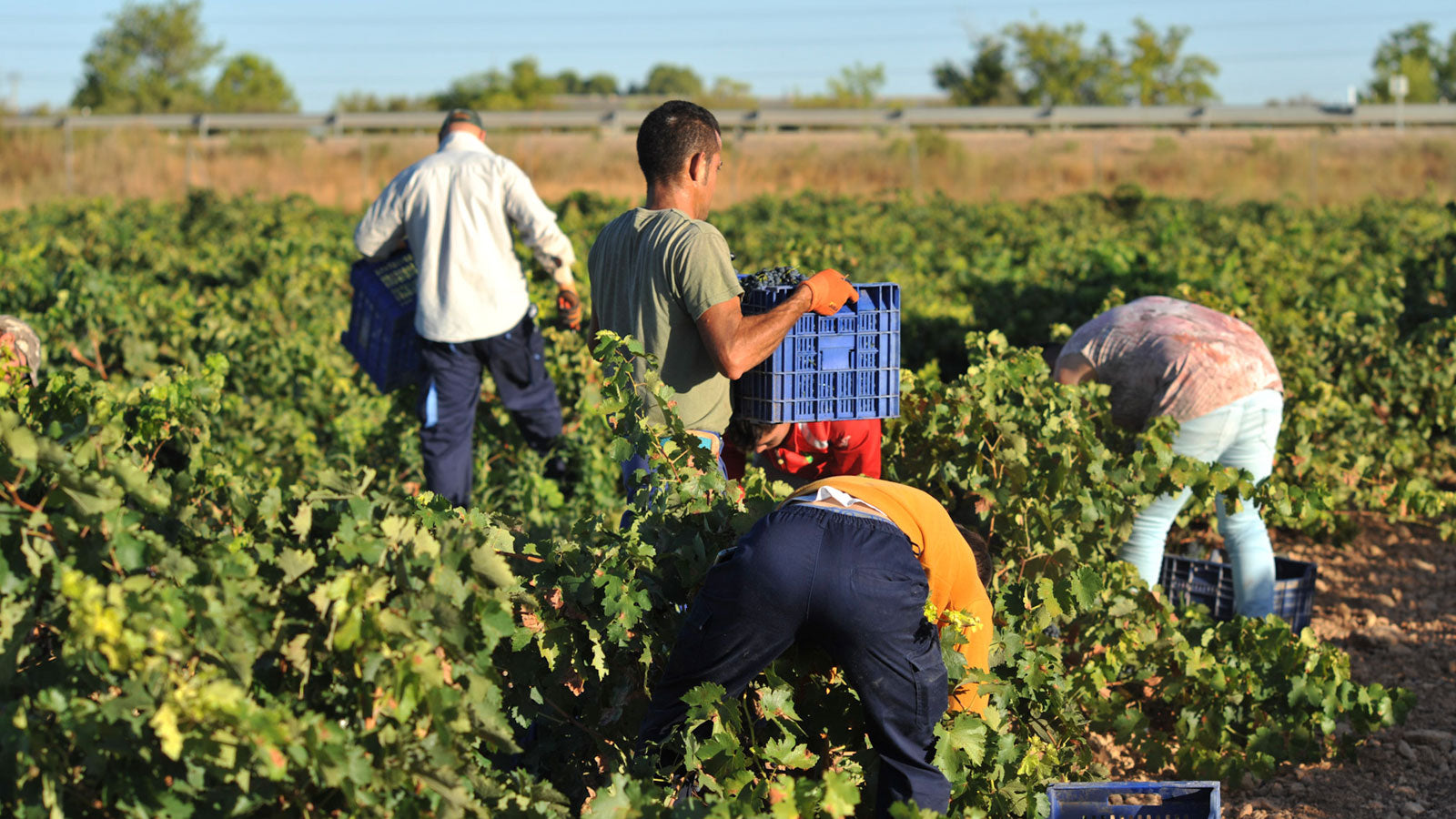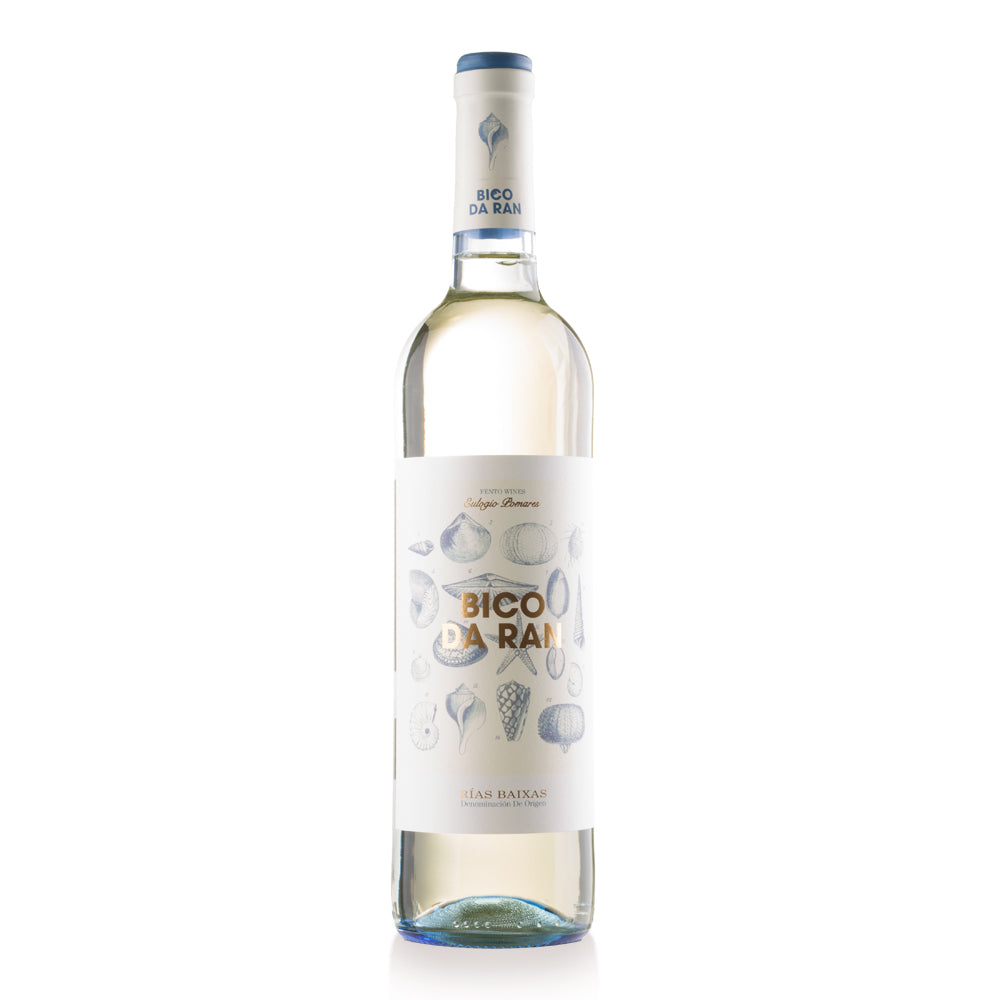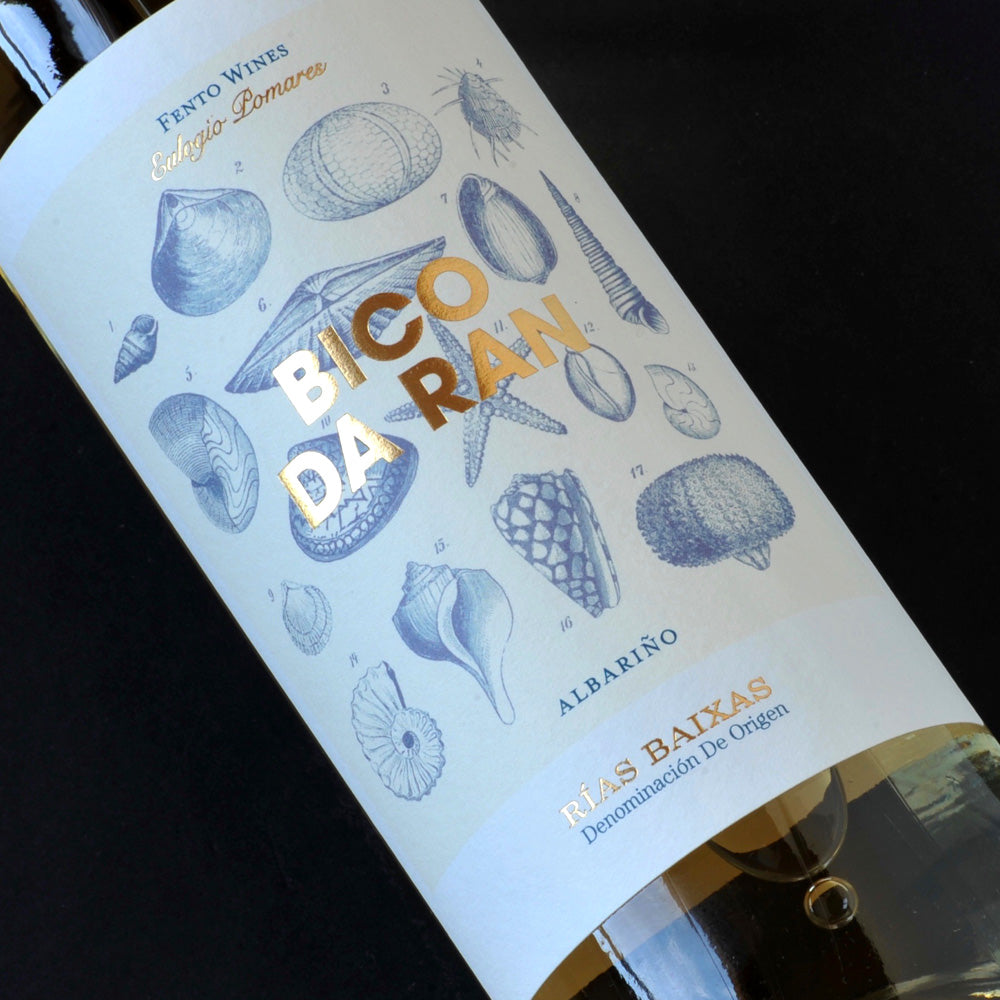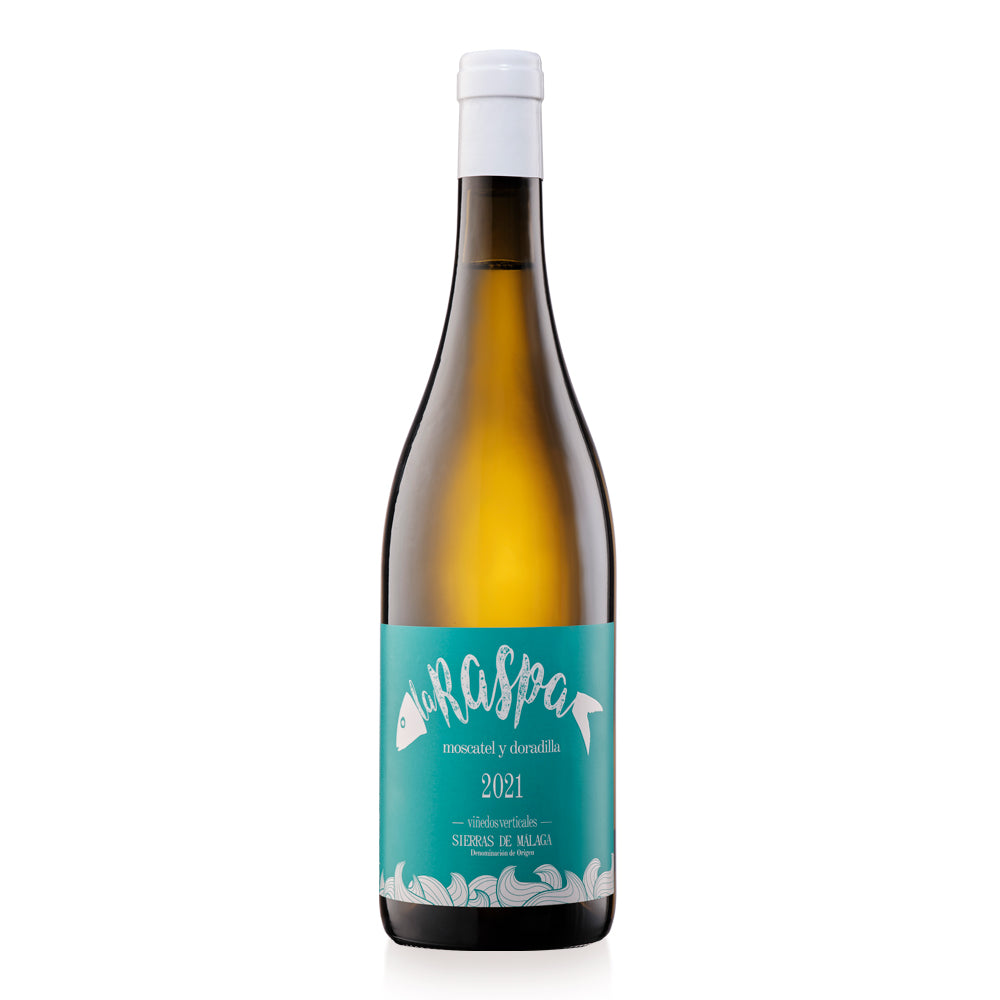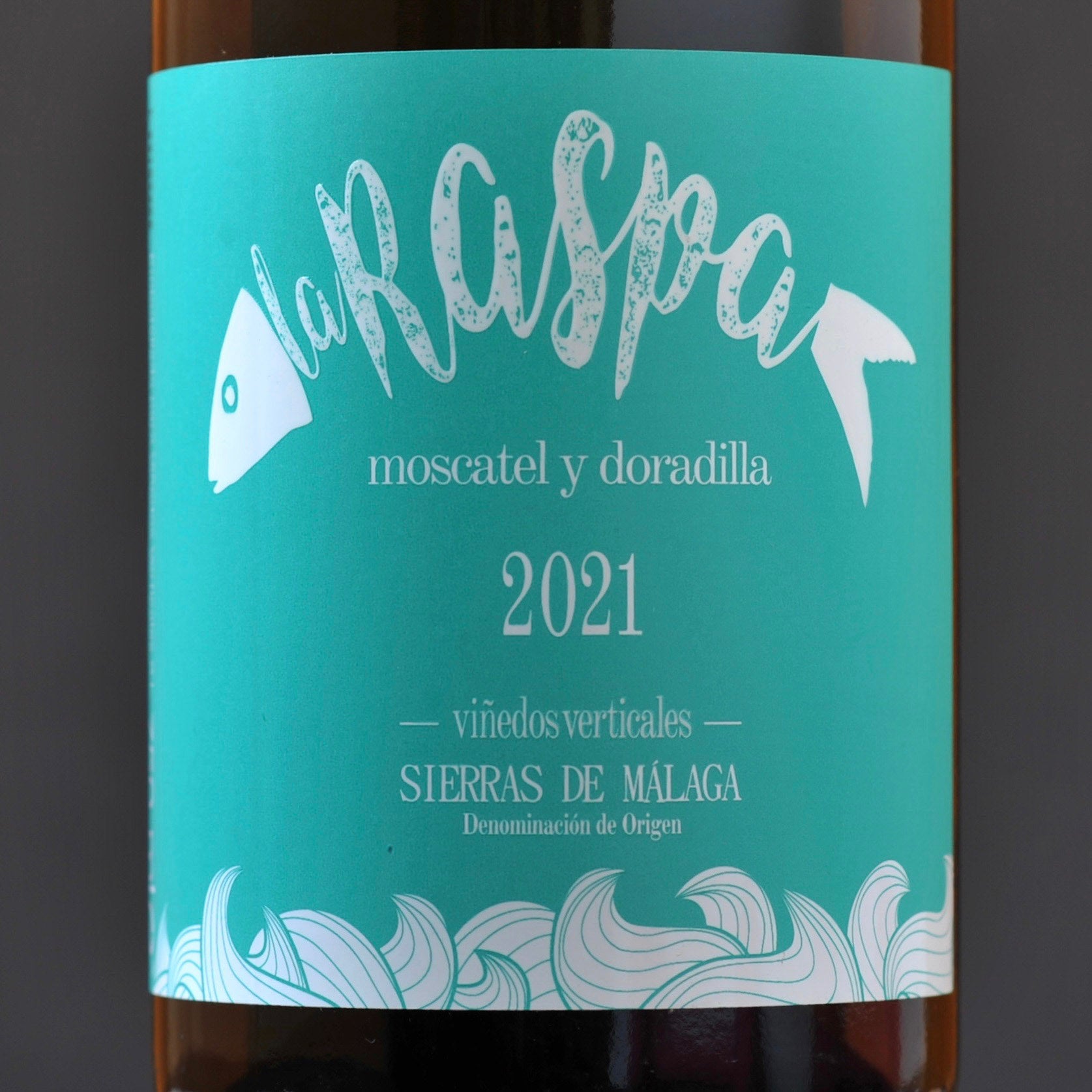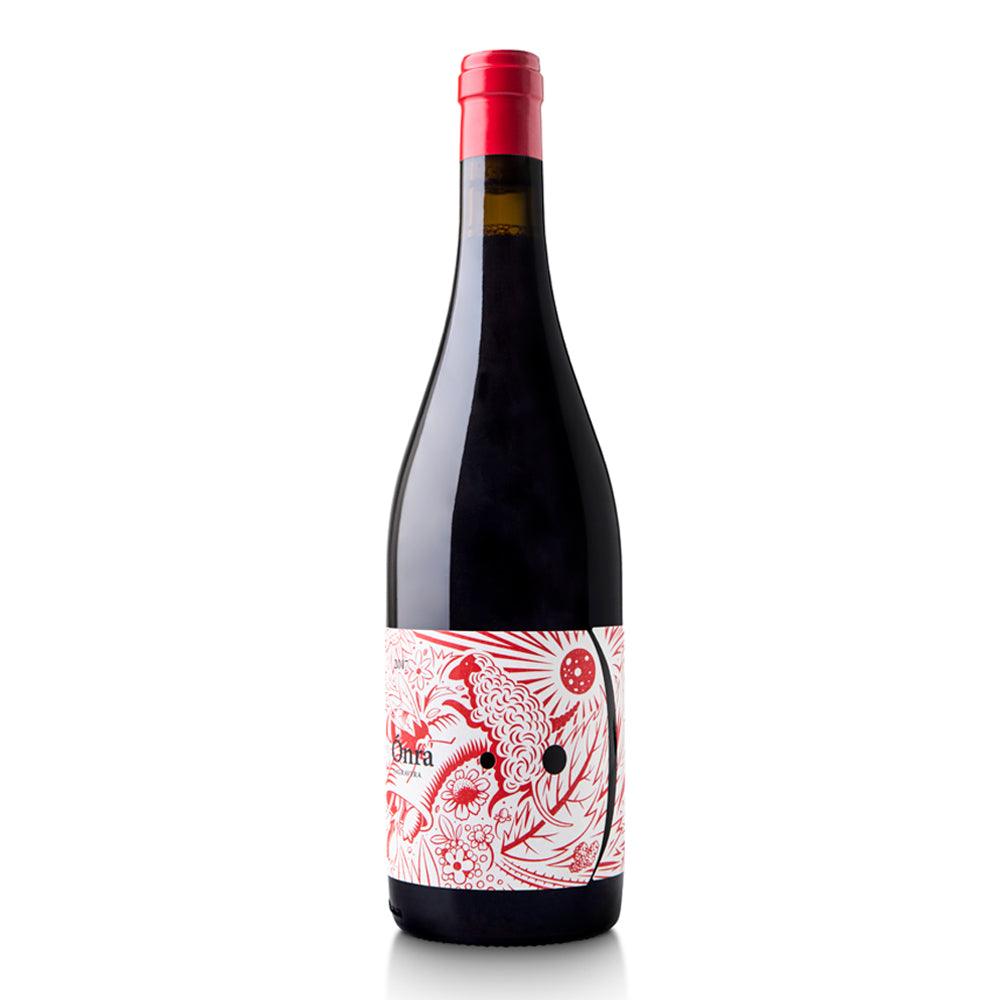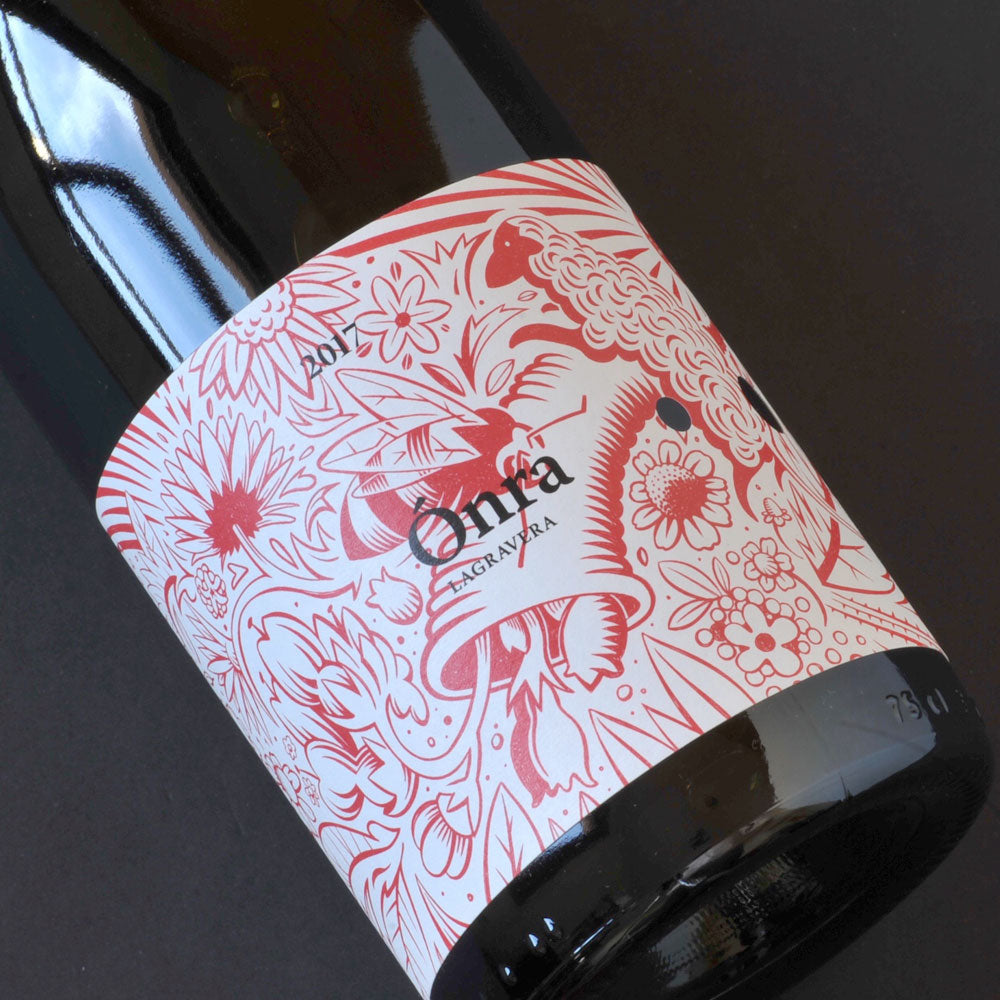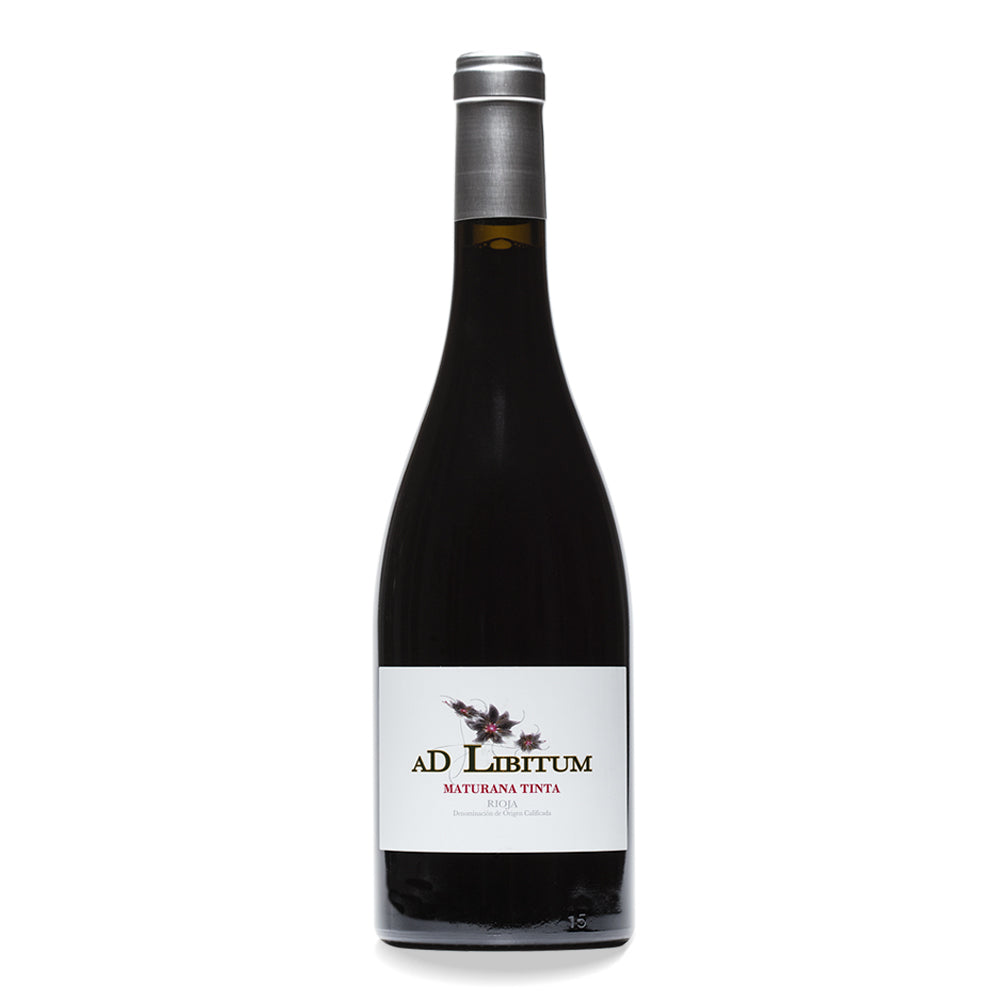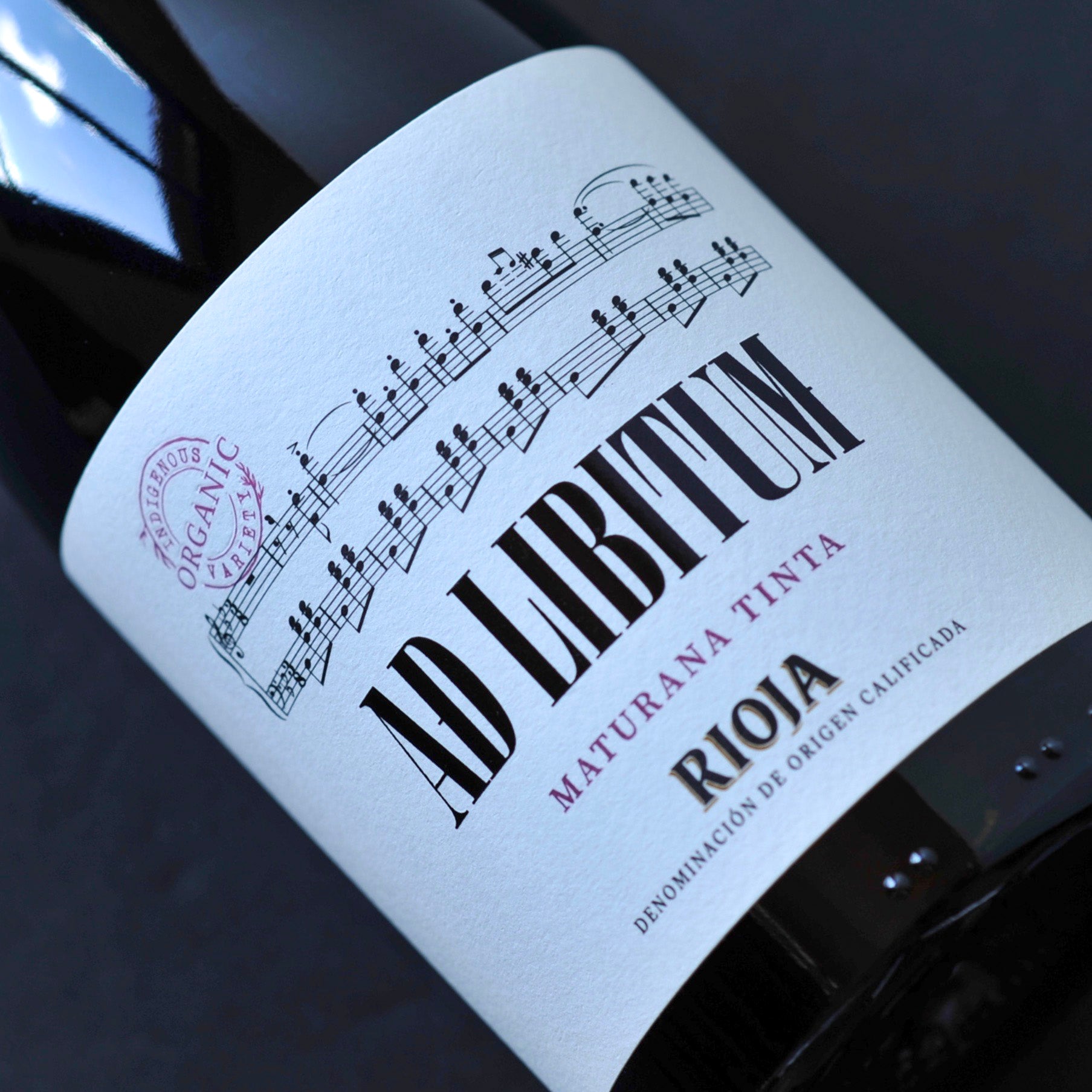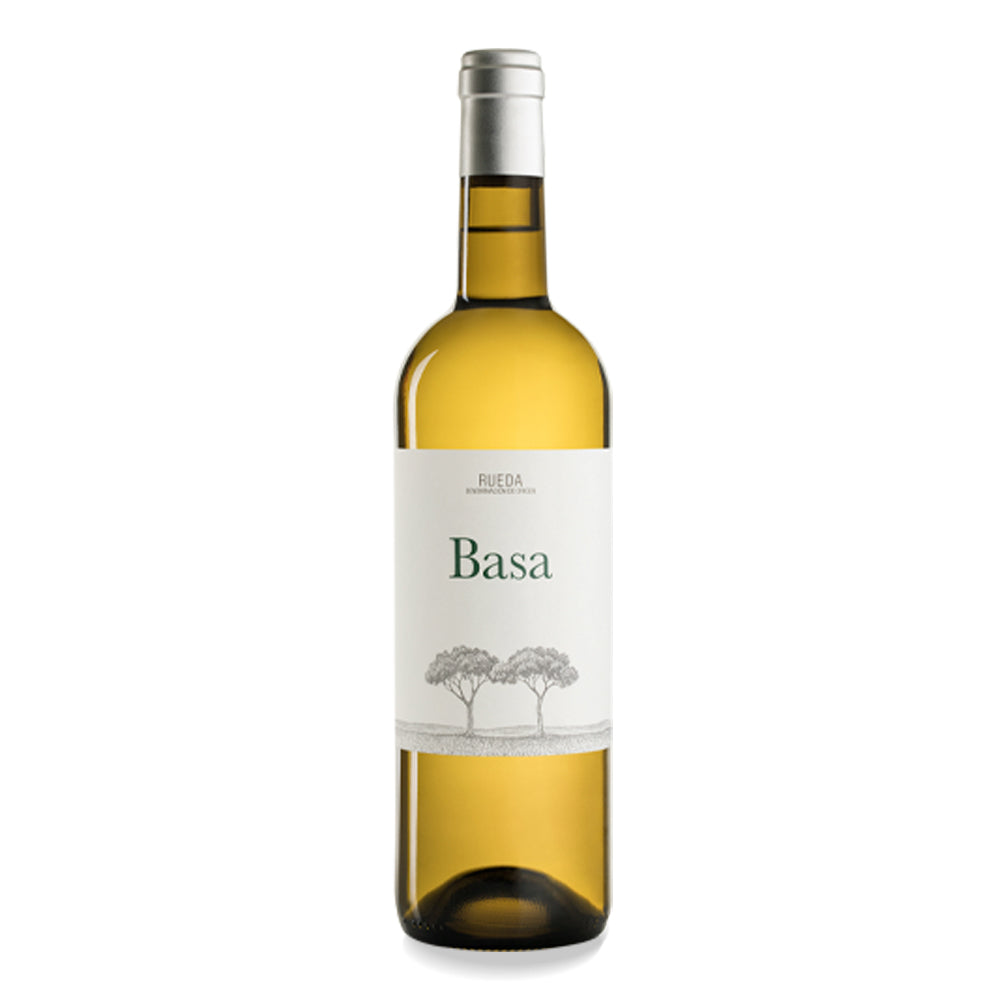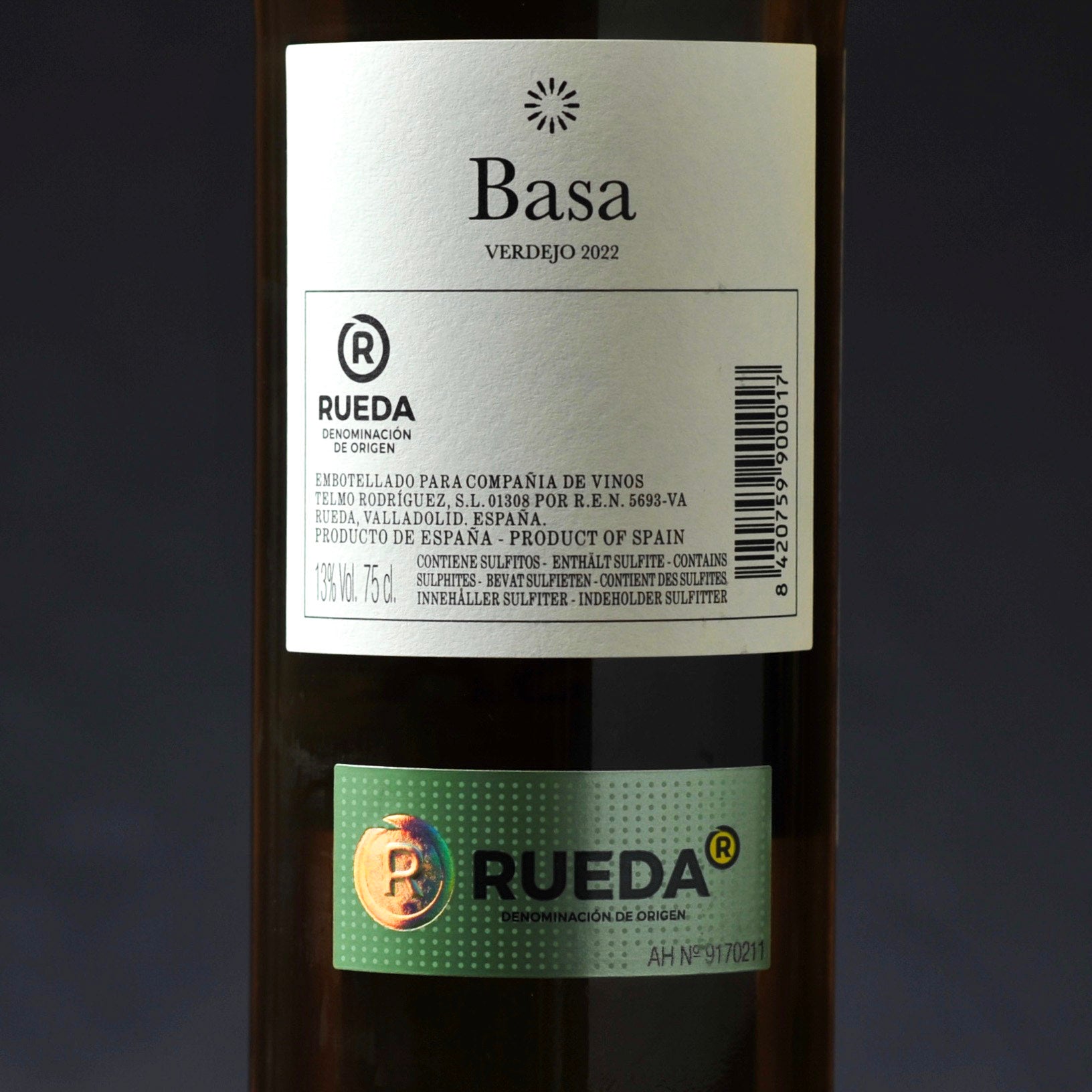Friday 9 June is the Day of La Rioja when locals celebrate the founding of the autonomous community back in 1982. So we thought we'd mark the occasion by focusing a blog post on Rioja, Spain's best-known winemaking region.
Now if you're something of a political geography boff, you may be quick to point out that the winemaking region of Rioja is not the same as the autonomous community La Rioja. And you'd be right.
In fact, the Denominación de Origen Calificada of Rioja touches on a number of autonomous communities. Most of it is in the Spanish province of La Rioja, but it also strays into Navarra to the north-east flank, the Basque province of Álava to the North – hence Rioja Alavesa - and even a tiny bit of Burgos.
But we've never been ones to let a bit of political geography get in the way of a wine celebration. So put down the atlas, pick up a glass, and join us as we take an in-depth look at Rioja and its history, meet some of the winemakers at the forefront of modern Riojan winemaking, and shine a light on Rioja's most famous wine grape - Tempranillo.
Key Points
- Grape varieties: mainly Tempranillo and Viura, followed by Garnacha and Tempranillo Blanco
- Hectares planted: 65,300 Hectares
- Grape growers: 14,800
- Wineries: 602
About Rioja
Rioja is Spain’s – and one of the world’s - best known and best-loved wine regions. It was one of the first regions in Spain to get its act together and protect its brand, so to speak, by becoming an official Denominación de Origen almost a hundred years ago. Today, it’s on a par with other great wine-producing regions of the world like Bordeaux or Burgundy in France or Barolo in northern Italy.
In some ways, Rioja is almost too well-known. Producing more than 300 million bottles a year and exporting to over 120 countries, millions of wine drinkers around the world have learnt to ask for "a glass of Rioja", but perhaps haven’t stopped to think too much about what makes the wines from Rioja so special.
The geography of Rioja
The wine-producing region - or Denominación de Origen Calificada – of Rioja, is in the north of Spain, about 3 hours north of Madrid and just under a hundred kilometres from Bilbao on the coast.
It runs about 100 km from West to East and 40 km North to South, centred around the city of Logroño – which is the capital of the Spanish region of La Rioja. The Ebro river, one of Spain’s great rivers runs through it from West to East.

In terms of size, Rioja has just over 66,000 hectares of vineyards, which is about 7% of the Spanish total. And for those of you that like international comparators, that’s just over double the size of Burgundy and half the size of Bordeaux. And it is divided into 3 sub-zones:
- Rioja Alta, the western end to the West of Logroño on the map which covers close to 28,000 hectares and includes the famous winemaking town of Haro;
- Rioja Oriental, or Eastern Rioja, which until recently was known as Rioja Baja, covering 25,000 hectares;
- Rioja Alavesa, which is the smallest zone, with more family-run wineries, and covers just over 13,000 hectares.
While from a winemaker’s perspective, there are important differences between the three zones, unlike lots of other well-known wine regions, the reasons behind Rioja’s internal divisions have perhaps more to do with politics than geology or soil type.
That’s partly because in political terms the wine region of Rioja covers quite a broad area. Most of it is in the Spanish province of La Rioja, but it also strays into other provinces like Navarra to the north-east flank, the Basque province of Álava to the North – hence Rioja Alavesa - and even a tiny bit of Burgos.
This can make governance a bit tricky. For example, if you go to a wine fair, you’ll often find a stand just for wines from the Rioja Alavesa – this is because the Basque government financing the stand is happy to support its native Basque producers, but is not prepared to do the same for Rioja producers from further down the road whose winery might be in La Rioja itself or even Navarra!
But there are other reasons too why Rioja’s wine sector is different to the rest of Spain.
Winemaking in Rioja
Rioja has lots of growers – about 14,800 farmers who grow grapes which they then sell on to about 574 actual wineries which transform the grapes into wine, bottle it and sell it. This structure means that growers tend to have supply contracts with the larger producers or are members of the various large cooperatives. Both large producers and the cooperatives transform grapes into wine, bottle and sell it, and at the same time hold a lot of power in the so-called Consejo Regulador or governing body which decides the rules Rioja’s growers and wineries have to play by.
One consequence of this is that traditionally, winemaking in Rioja has put a big focus on blending – mixing together grapes grown in different zones of the region to achieve balanced wines. This has its positive side – for example, in a tricky vintage where colder, wetter weather has stopped the grapes from ripening properly in Rioja Alta, it can be useful to add in riper fruit from the warmer, more Mediterranean Rioja Oriental zone.
But things are starting to change. In recent years, Riojan winegrowers, particularly the smaller ones, have grown a bit tired of the ¨one size fits all¨ approach and have started to lobby for changes to the rules to allow wine labels to include more specific references to where within Rioja the wines actually come from.
These efforts have born fruit and once they have passed a series of rigorous quality controls, producers can now label their wines Vino de Zona – referring to wines made in a specific zone - Vino de Municipio – for wines from a specific village - or even Viñedo Singular, for wines made with fruit from a specific vineyard plot. This latter category has the toughest rules: vines need to be at least 35 years old, have been in the same hands for at least ten years, have a yield 20% lower than the rest of the DO, and pass rigorous tasting panels to ensure the quality is consistently high.
The new labelling rules are still very new - in the Viñedos Singulares category, for example, there are only about 35 wines on the market from 20 different wineries. But the hope is the categories will expand and provide consumers with a navigable route into the region’s top wines. In short, it’s a move towards the more terroir-focused approach, used in lots of the other great wine regions of the world.
Winemakers in Rioja: Casa La Rad
 Marta Gallego, Head Winemaker at Casa La Rad
Marta Gallego, Head Winemaker at Casa La Rad
The Casa la Rad vineyard and winery sits just south-east of the city of Logroño in the middle of the Rioja region. The 100 or so hectares are a mixture of free-standing bush and trellised vines, planted across a variety of plots with different soil types, orientations and altitudes.
The estate is part of the Ocón valley which joins the Sierra de Hez mountains – part of the central Iberian range - to the south and the Ebro river to the north, which means the vines are planted at between 600 and 750 metres above sea level making for cooler temperatures and fresher growing conditions.
The vineyard is relatively new and only released its first wines onto the market in 2017. Under the watchful eye of winemaker Marta Gallego, who has worked at various well-known bodegas including the famous Muga, the winery is taking a research-driven approach to their winemaking, experimenting with different soils, altitudes and blends to extract the maximum expression of fruit and terroir from traditional Riojan varieties like Tempranillo, Garnacha, Graciano or Viura.
Winemakers in Rioja: MacRobert & Canals

Bryan MacRobert is part of the new generation of winemakers in Rioja who are moving away from barrel-ageing as the defining characteristic of their wines, and instead looking to make fresher, more elegant wines which better reflect the essence of the traditional grapes grown in the region. In his own words, he “prioritises the vineyard over the cellar” and strives to make high quality wines with a strong sense of place that really showcase the diversity of soils, climates, vineyards and grape varieties that exist within Rioja.
Born in Cape Town, Bryan grew up in a winemaking family in Swartland. He studied Viticulture and Enology at the University of Stellenbosch and then spent several years travelling between South Africa and Europe working in grape harvests and wineries typically in dry-farmed, old-vine areas like Priorat. He moved to Spain in 2010 when he met his wife Clara, a fellow winemaker.
With help from Clara’s family, they created MacRobert & Canals, a small, family-run winery with its cellar in Logroño and vineyards scattered across the region. The vineyards are traditional Riojan vineyards, which means they were planted many years ago – most more than 70 years ago in fact – often on quite steep, hard to access plots which makes it tricky to use machines so the land is usually worked manually and with mules.
The focus in the vineyard is very much on sustainable agriculture, which means no herbicides or pesticides and clever use of plant cover which keeps erosion to a minimum and helps boost the organic matter in the soil.
In the winery Bryan’s focus is on the individual grape varieties of Rioja, and trying to show in each bottle how the grapes behave in different vineyard, soil types and micro-climates, rather than focusing on blends and barrel-ageing, which for so long has been the traditional approach in Rioja.
Tempranillo - Rioja's famous wine grape

Tempranillo is now the most common grape in Spain. Covering over 202k hectares - about one-fifth of all Spain’s vineyards - it has recently displaced the white grape Airén (200k hectares) as Spain’s most widely planted grape.
The name Tempranillo comes from the Spanish word temprano, which means "early". That’s because Tempranillo ripens early and has a shorter growing cycle than many other grapes.
It’s a grape with low acidity and relatively low natural sugars. The low acidity means it suits cooler climates, but because of the low sugars it also needs warm weather to get the grapes to ripen and boost that sugar content. So, regions like Rioja are perfect places for Tempranillo.
That’s because Rioja has broad temperature differences, with hot days and cooler evenings in the summer months. That’s especially true in the higher altitude spots, where the differences are even more extreme.
Because of its lower sugar levels and early ripening, wines made from Tempranillo don’t tend to be too high in alcohol, which makes them relatively easy to drink and to pair with different foods – another reason for its popularity.
The grape doesn’t have hugely defined flavours. Wines made from Tempranillo often have aromas like strawberries and other red fruits, and you can often detect spice, leather and tobacco leaves. But the end result is as much down to the skill of the winemaker as it is to the grape variety itself. So, you’ll often find Tempranillo blended with other varieties, such as Garnacha or Carignan to give it a bit more character.
Another common way to give this wine a bit more personality is to barrel age it. Unlike some other grapes, Tempranillo combines well with oak and its flavour characteristics really help to enhance the wine. So it’s a grape that’s often used in wines designed for ageing.
In Rioja, you’ll find a more dedicated focus on ageing wine than you might in other parts of Spain. There they have their own criteria for determining the age classification of wine. Normally, for Spanish wine to be called Crianza it has to have spent 24 months ageing of which at least 6 months have to have been in the barrel. Whereas in Rioja the wine must have spent at least 12 of those 24 months in the barrel. Rules nationwide for Reservas are simpler: 36 months of ageing, of which 12 should be in the barrel. But things change again for Gran Reservas. There the standard is 5 years ageing with at least 18 months in the barrel. But Rioja insist on a minimum of 2 years barrel ageing and 3 in the bottle before the wine is released.
We talk about this in more detail in a separate article on ageing wine. The main point is that Tempranillo is a fantastic way into the world of Spanish wine. It’s a very adaptable grape, which is one of the reasons Spanish winemakers love it, and there’s a style out there to suit everyone. No wonder it's one of Spain’s, and the world’s, favourite grapes.

